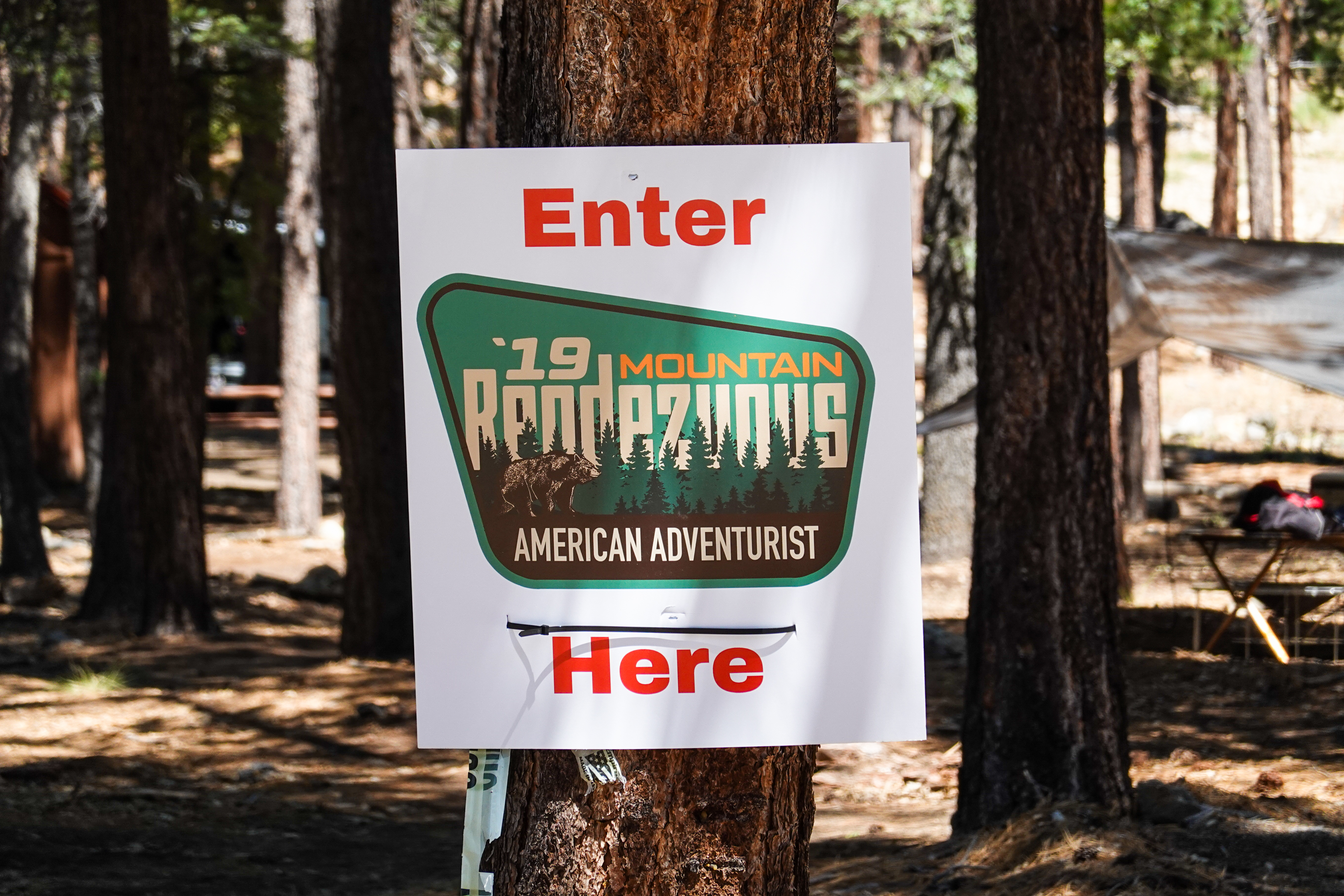 Nestled in the heart of the San Bernardino National Forest is Camp Tahquitz, home of the American Adventurist Mountain Rendezvous. Here in a small hollow surrounded by towering pines, our community gathers each September for a long weekend of camping, community, and enjoying spending time outside in the mountains. Starting on Thursday, members are free to arrive when they want and be as active or relaxed over the next few days as they feel like. That’s the beauty of our community events – we’ve got stuff on the schedule, but what you participate in is up to you. Thursday afternoon saw a rain shower that cooled us off and left the forest damp, which would set the stage for a weekend of near perfect weather. By the time the stars were out on Thursday night, folks were busy enjoying each other’s company at various campsites, and you could tell from the animated conversations that all were having a good time.
Nestled in the heart of the San Bernardino National Forest is Camp Tahquitz, home of the American Adventurist Mountain Rendezvous. Here in a small hollow surrounded by towering pines, our community gathers each September for a long weekend of camping, community, and enjoying spending time outside in the mountains. Starting on Thursday, members are free to arrive when they want and be as active or relaxed over the next few days as they feel like. That’s the beauty of our community events – we’ve got stuff on the schedule, but what you participate in is up to you. Thursday afternoon saw a rain shower that cooled us off and left the forest damp, which would set the stage for a weekend of near perfect weather. By the time the stars were out on Thursday night, folks were busy enjoying each other’s company at various campsites, and you could tell from the animated conversations that all were having a good time.

Many attendees are still showing up late into Friday, and so the day has a more relaxed schedule. Kids are issued lists for the scavenger hunt, and they set off in search of all kinds of items. This year’s shopping list had some items on it that couldn’t be found in camp, and the staff was impressed with the resourcefulness of the kids who put the work in to go find everything on the list. After closing registration for the day, the staff got together with the crew from Tembo Tusk to cook up burgers and hotdogs for the evening’s BBQ Social. A serious thank you goes out to Tembo Tusk for hosting this BBQ and feeding all these hungry Adventurists!


Saturday is when things really get going at Mountain Rendezvous – from trail runs to classes, and the world-class cooking competition, there’s something going on for everyone. Michelle from Leitner Designs, offered to lead a trail run up gold mountain, and a number of rigs lined up to get in on the action. By mid-morning, our first class of the day was kicking off with Drew at Falken Tire putting on a very informative class on tire tech. He did an outstanding job talking about the intricacies of tire design and how they affect performance, which impacts the age-old question of “what’s the best tire for me?” The class concluded with a very important, yet most often overlooked exercise on how to use your vehicle’s weight to determine the correct tire pressure you should be running. Overall, he did a great job turning complex tire-geekery into fun information that benefited everyone. Thanks Drew, and Falken Tire for your support!
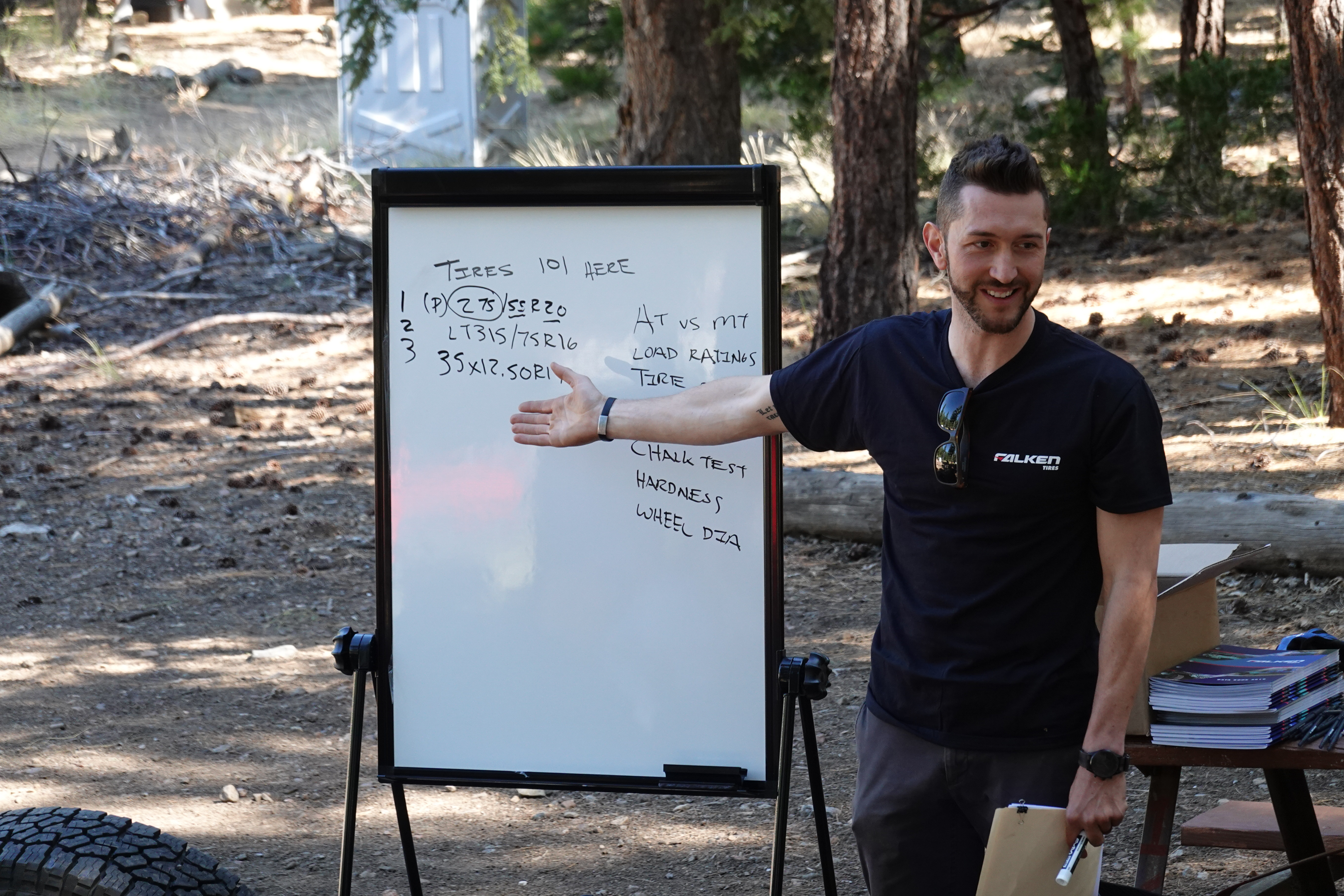
 Our next class was on Improvised Medicine taught by Dr. Jo Feldman and her research fellow Tiffany. This class was an awesome experience that taught attendees how to work with the things you have on hand to improvise all sorts of splints and other interventions to stabilize and manage injuries in a wilderness setting. The course was very hands-on as Dr. Jo and Tiffany would instruct on how to treat a given issue, and then they would have the class work with the gear provided to manage injuries. It was awesome to see kids working on their parents and vice-versa, and highlights a great point in that if you get hurt, does your family know how to help you out? Dr. Jo and Tiffany did a great job teaching, and we really appreciate them coming out to share their knowledge with us!
Our next class was on Improvised Medicine taught by Dr. Jo Feldman and her research fellow Tiffany. This class was an awesome experience that taught attendees how to work with the things you have on hand to improvise all sorts of splints and other interventions to stabilize and manage injuries in a wilderness setting. The course was very hands-on as Dr. Jo and Tiffany would instruct on how to treat a given issue, and then they would have the class work with the gear provided to manage injuries. It was awesome to see kids working on their parents and vice-versa, and highlights a great point in that if you get hurt, does your family know how to help you out? Dr. Jo and Tiffany did a great job teaching, and we really appreciate them coming out to share their knowledge with us!
With the courses concluded for the day, folks headed back to their respective camps to work on their entries for a Rendezvous tradition – the Camp Cooking Competition. Members who attend our Rendezvous events know how to make some very good food in camp, and I’m continually impressed by the creativeness and quality of what folks can do in the forest. Our cooking competitors could shame any Iron Chef TV show, both in quality and originality. This year they created all kinds of dishes from scratch right in camp, from Reuben sandwiches, to chili verde. By the time everything was lined up for judging, our entrants had covered several picnic tables with their awesome cooking. This allowed everyone to pile their plates high and sample everything prior to casting their votes for their favorite dishes. LT Wright Knives sponsored the cooking competition at this year’s Mountain Rendezvous, providing awesome prizes to the top three dishes by community vote. With the competition concluded, folks gather around our giant fire ring to enjoy a campfire, good company, and another great evening in the billion-star hotel.
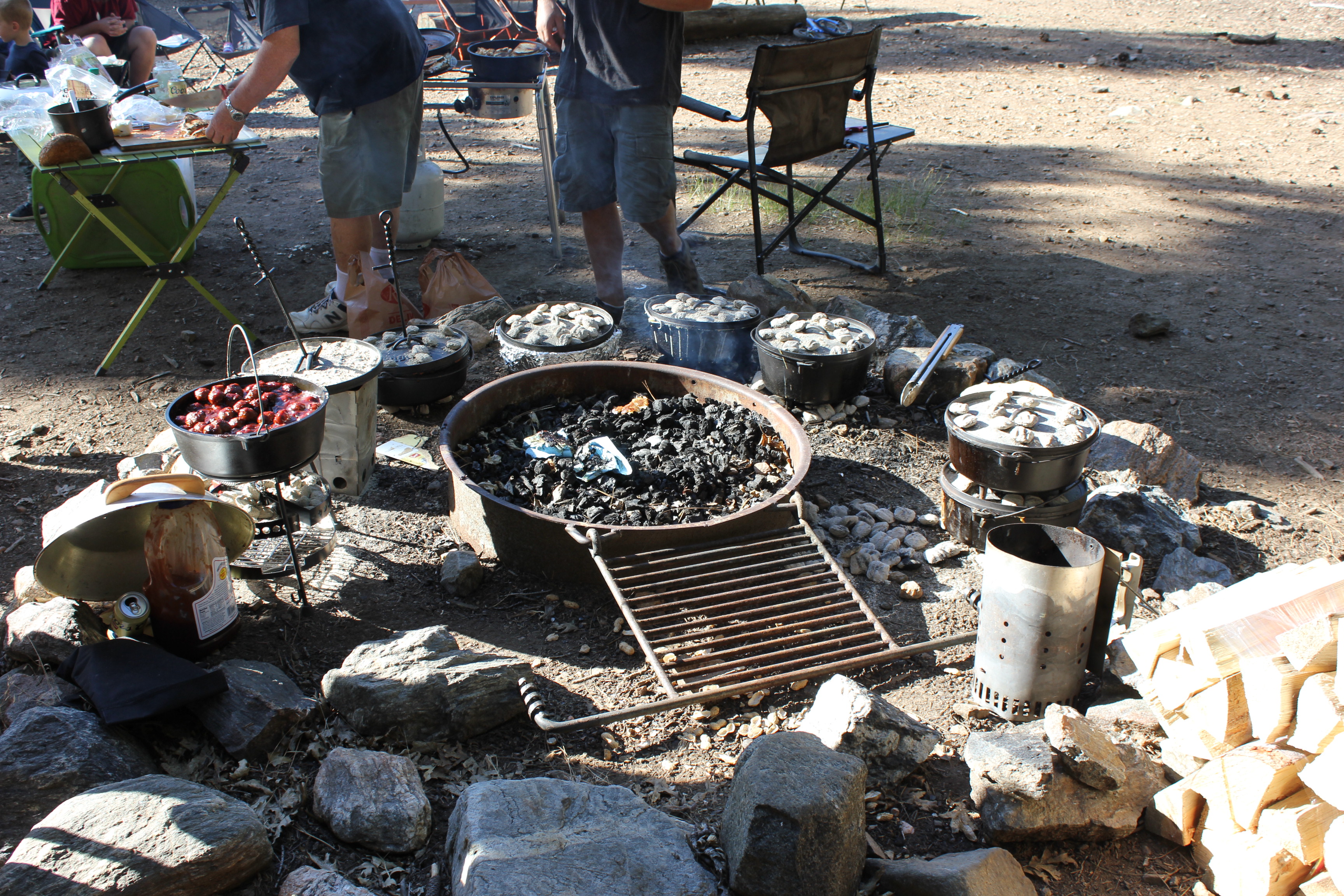

 Sunday is the last day of the event, and the big order of the day is to give away a literal mountain of gear provided by the awesome sponsors and partners that support American Adventurist and our Rendezvous events. American Adventurist as a community is very fortunate to have the support of so many awesome companies – and we’re really thankful for that support over the last nine years. Attendees get a raffle ticket at check in, and an extra ticket for participating in events like the Camp Cooking Competition, so the odds are very good for actually winning something. With the raffle concluded, folks pack up their campsites and depart for home or other adventures.
Sunday is the last day of the event, and the big order of the day is to give away a literal mountain of gear provided by the awesome sponsors and partners that support American Adventurist and our Rendezvous events. American Adventurist as a community is very fortunate to have the support of so many awesome companies – and we’re really thankful for that support over the last nine years. Attendees get a raffle ticket at check in, and an extra ticket for participating in events like the Camp Cooking Competition, so the odds are very good for actually winning something. With the raffle concluded, folks pack up their campsites and depart for home or other adventures.
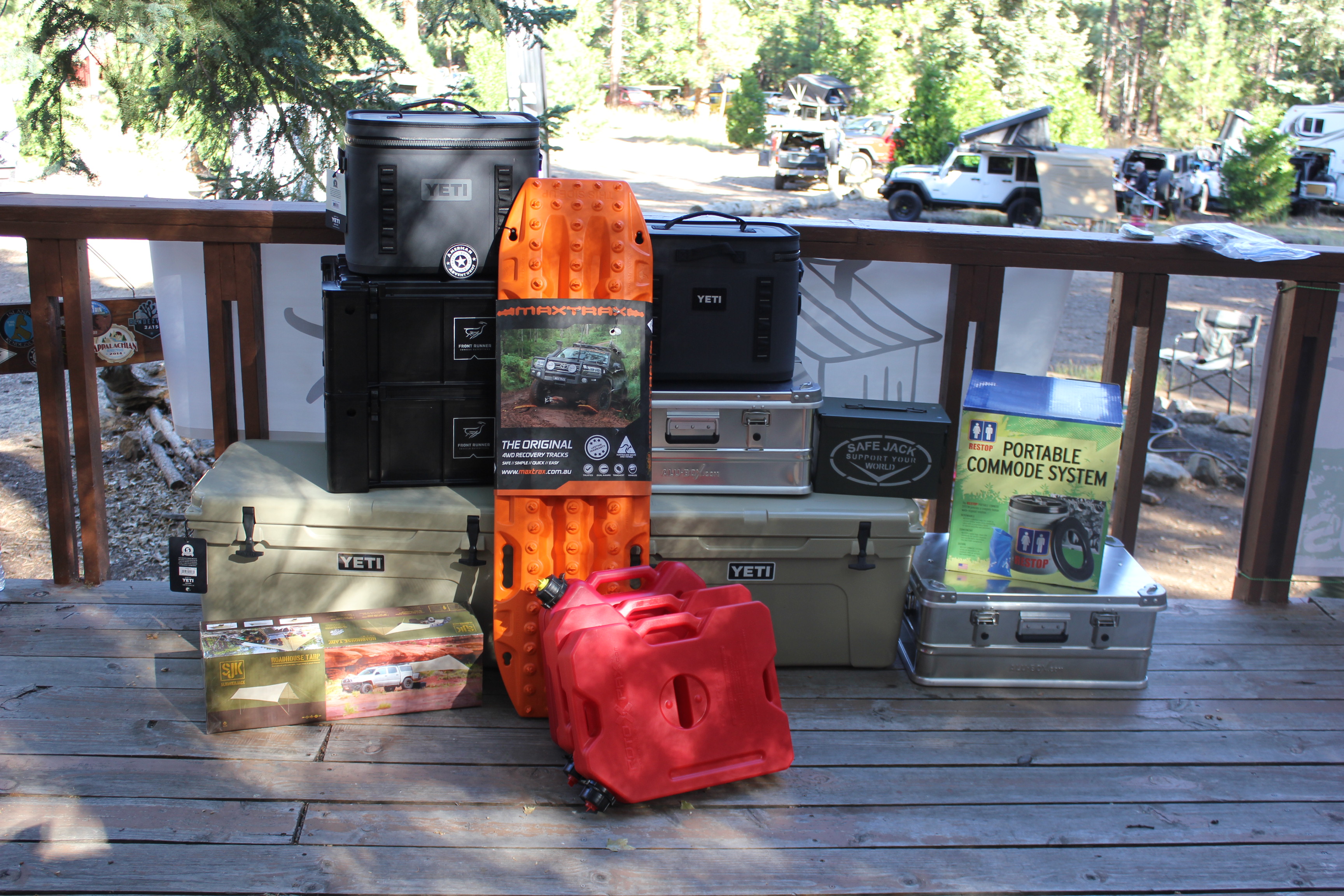
Like all American Adventurist events, Mountain Rendezvous gives back to the community, and this year we raised over $2K for the Scouts at Camp Tahquitz. Our events are a great use of a weekend – whether you want to take advantage of everything that’s offered from trail runs to classes, or just kick back and enjoy a relaxing weekend with good people, you can make your Rendezvous weekend anything you want it to be and that’s what’s awesome. By showing up, you’re supporting the local community, and you’ll have the opportunity to take some awesome classes, eat some excellent food, and enjoy good people around a campfire and have a real chance at winning some great gear from some of the best companies in the overland industry. Keep an eye on the forums for information on our events for 2020. Rumor has it that we’ll be moving our Desert Rendezvous to a new, remote location, and we’re excited to share more information about that in the coming months!
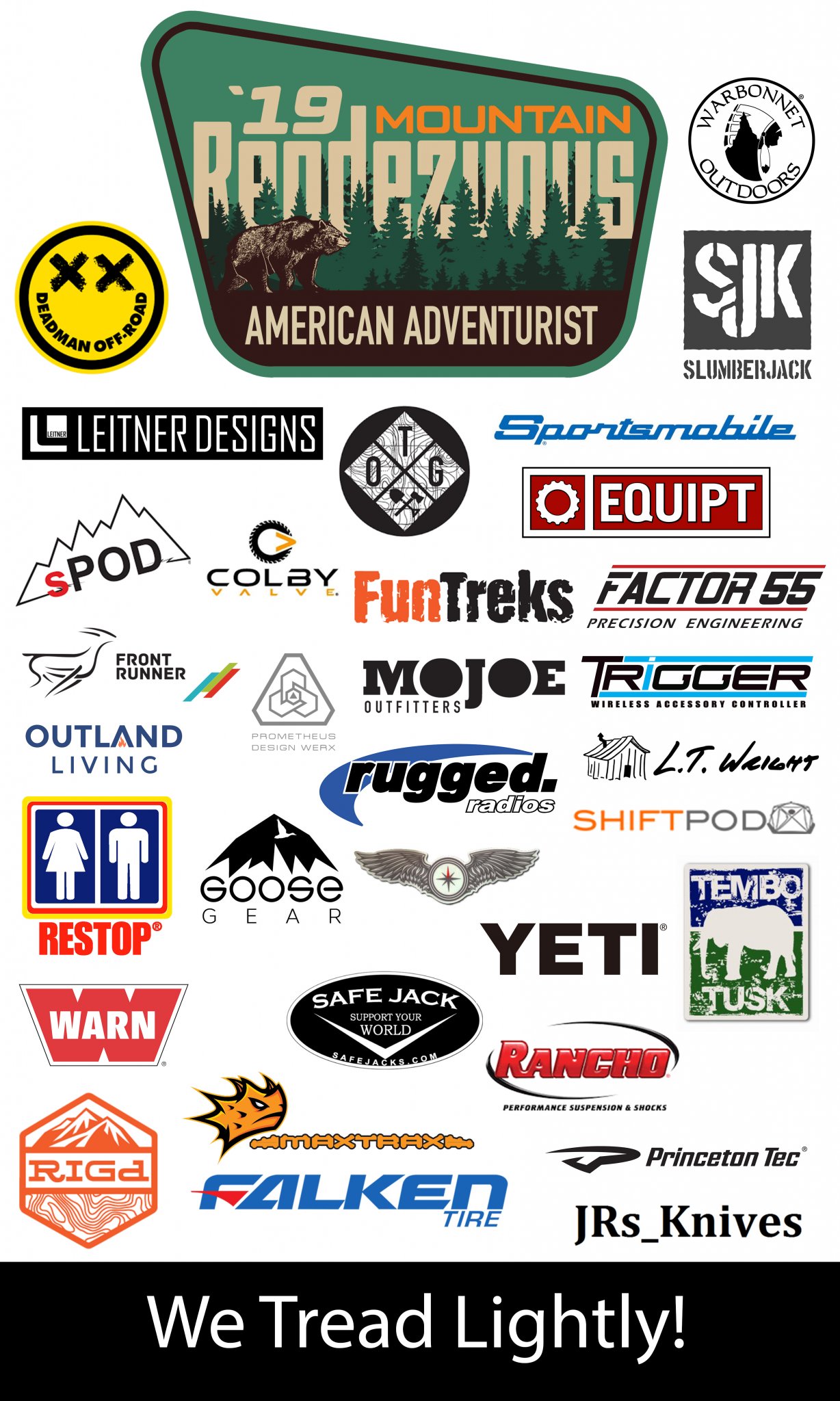 A BIG thank you to all of the people and companies who make Mountain Rendezvous possible. To Tembo Tusk, our BBQ social sponsor. To Drew from Falken and Dr. Jo and Tiffany, our instructors for our classes. To LT Wright Knives for sponsoring the cooking competition. To Leitner Designs for leading a trail run, and to all of the awesome companies that supported our event. And of course, many thanks to Camp Tahquitz and the Long Beach Council for letting use their outstanding location again. Special thanks to Greg Richardson for all of the awesome event photos!
A BIG thank you to all of the people and companies who make Mountain Rendezvous possible. To Tembo Tusk, our BBQ social sponsor. To Drew from Falken and Dr. Jo and Tiffany, our instructors for our classes. To LT Wright Knives for sponsoring the cooking competition. To Leitner Designs for leading a trail run, and to all of the awesome companies that supported our event. And of course, many thanks to Camp Tahquitz and the Long Beach Council for letting use their outstanding location again. Special thanks to Greg Richardson for all of the awesome event photos!
Please support the following companies that support you and TREAD LIGHTLY! out there – see you on the trail!
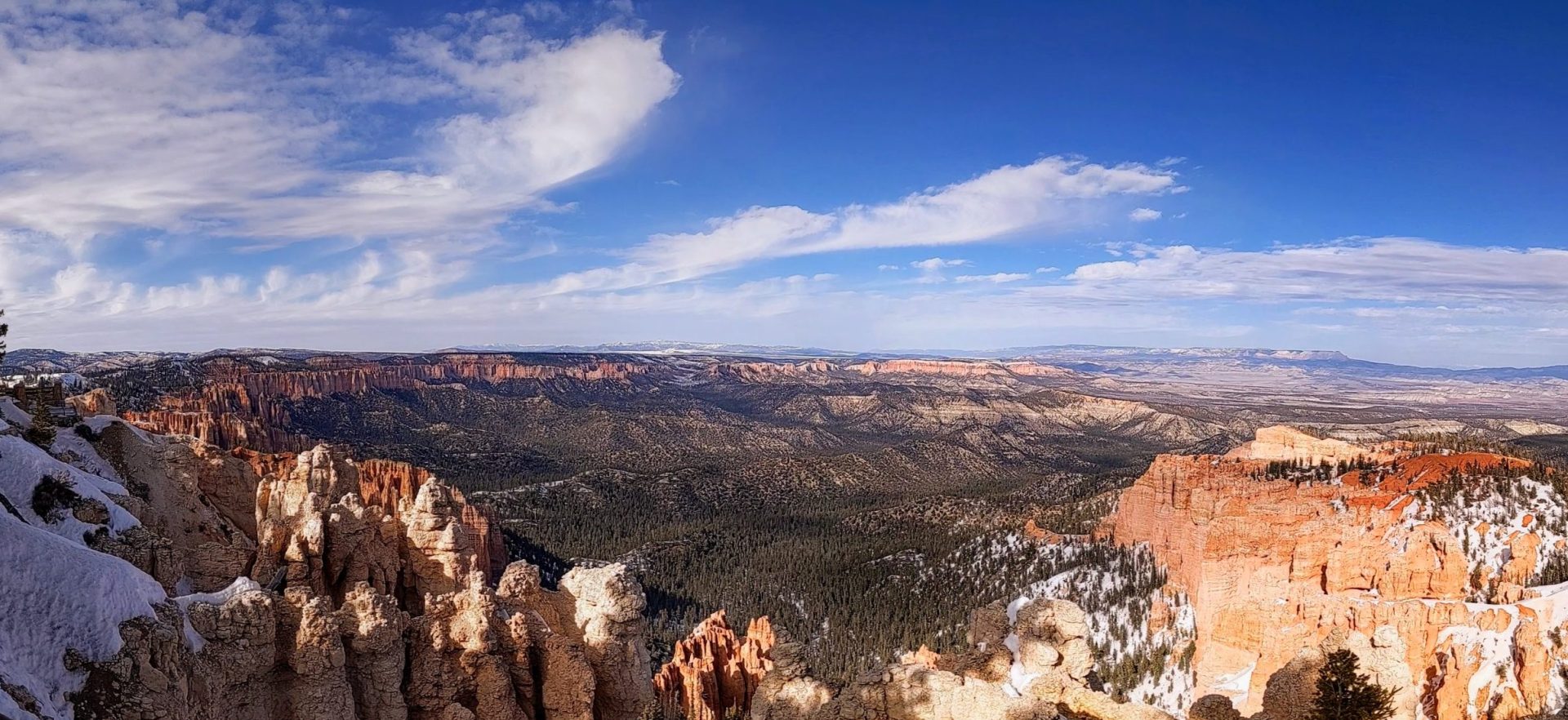




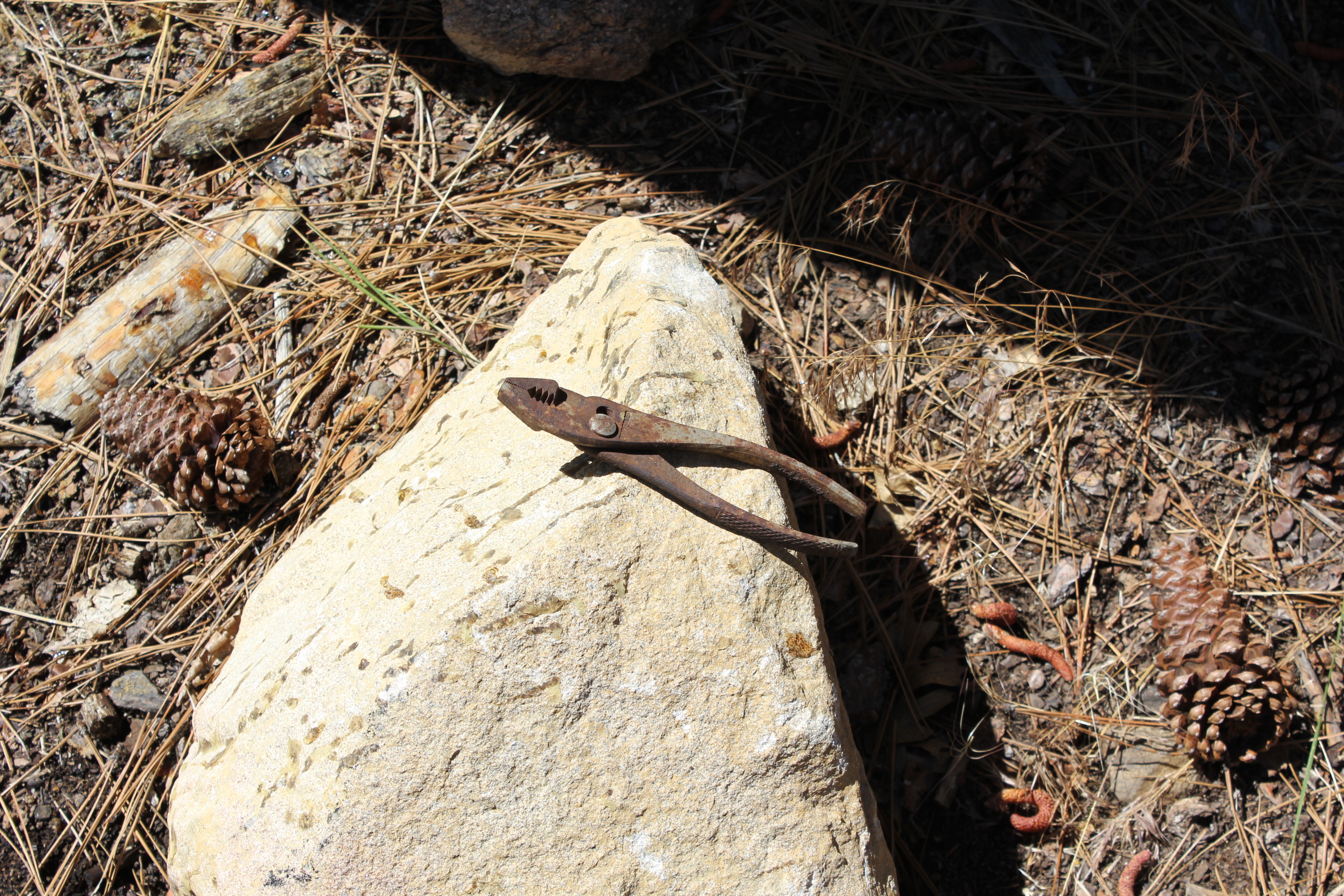
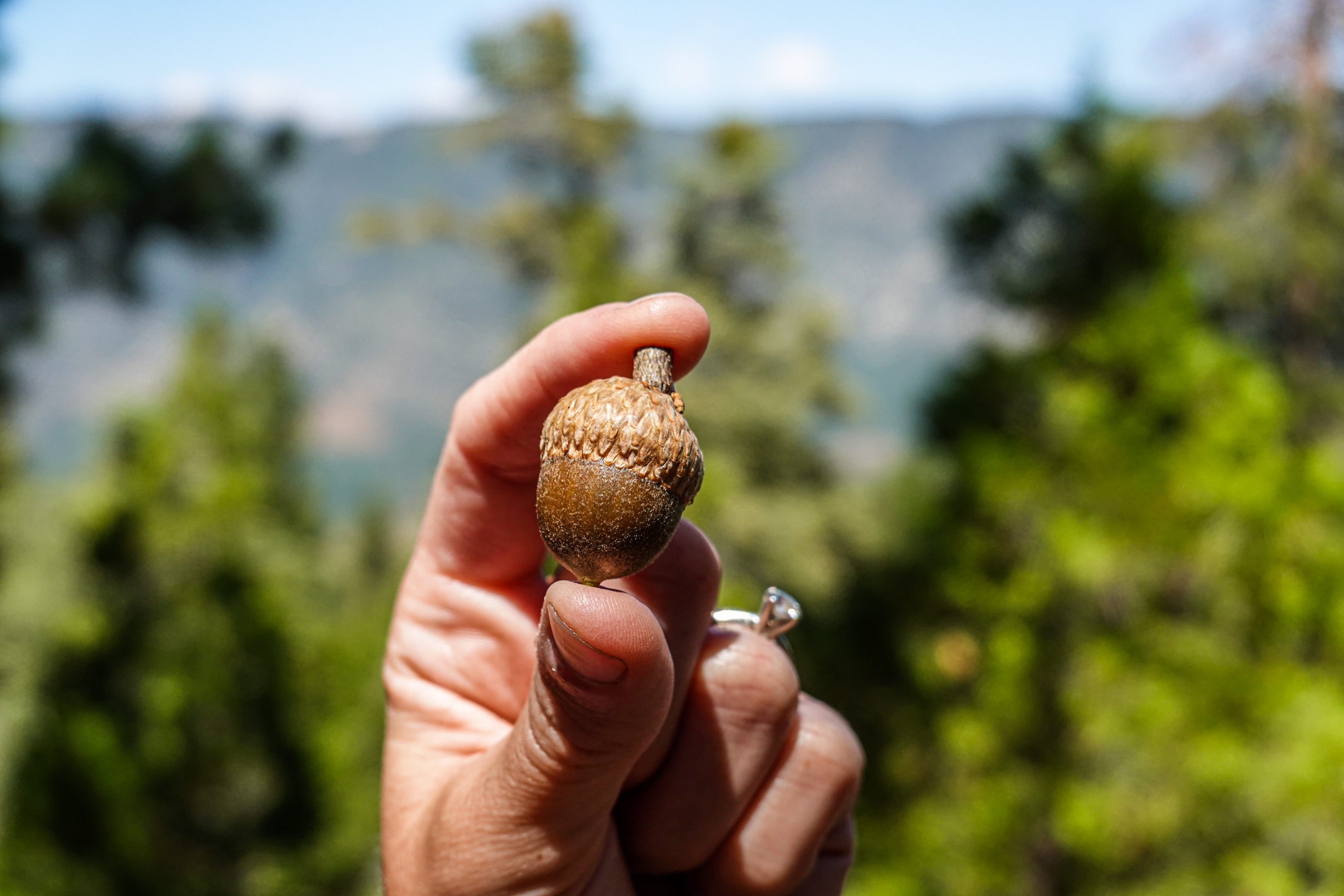
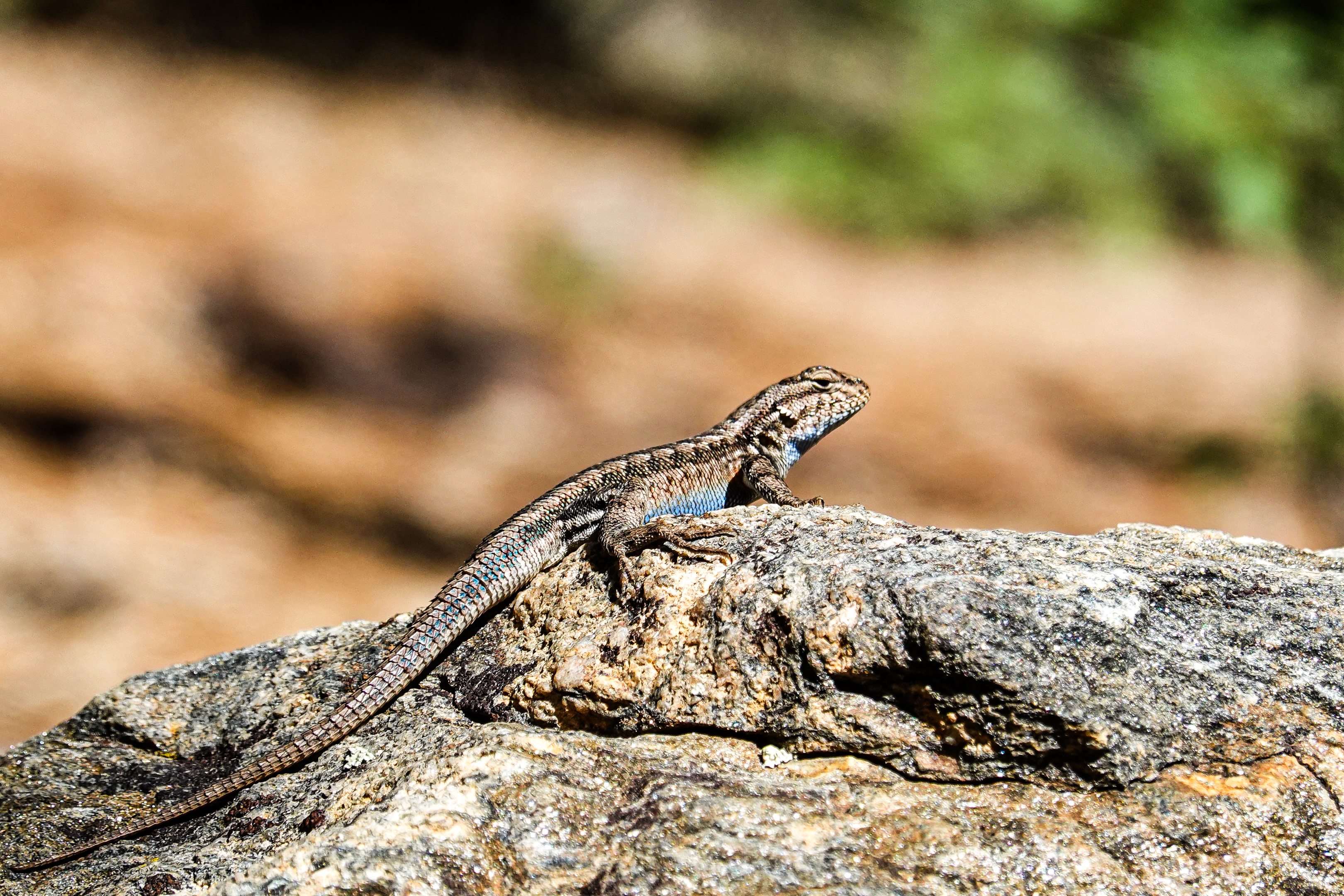
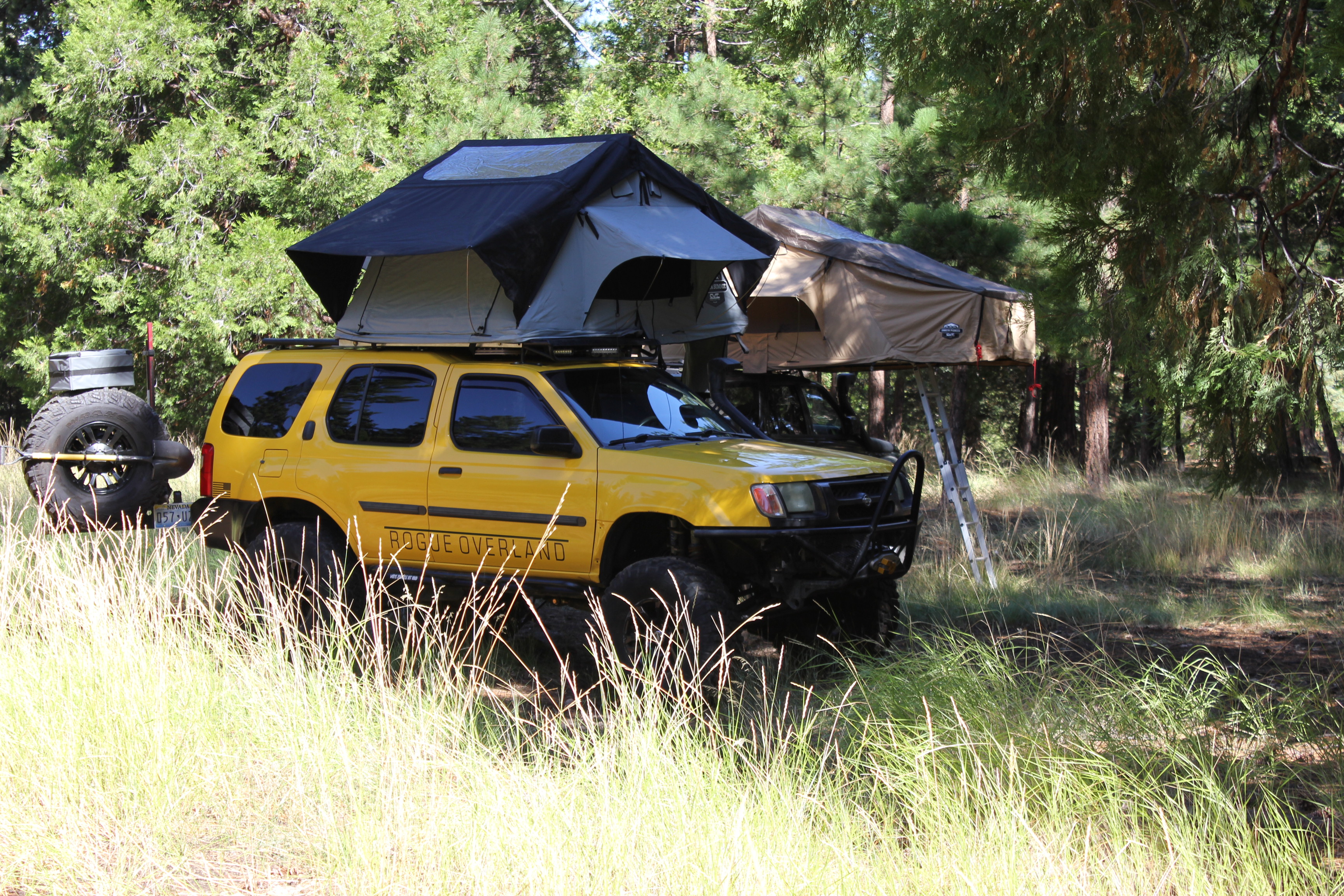

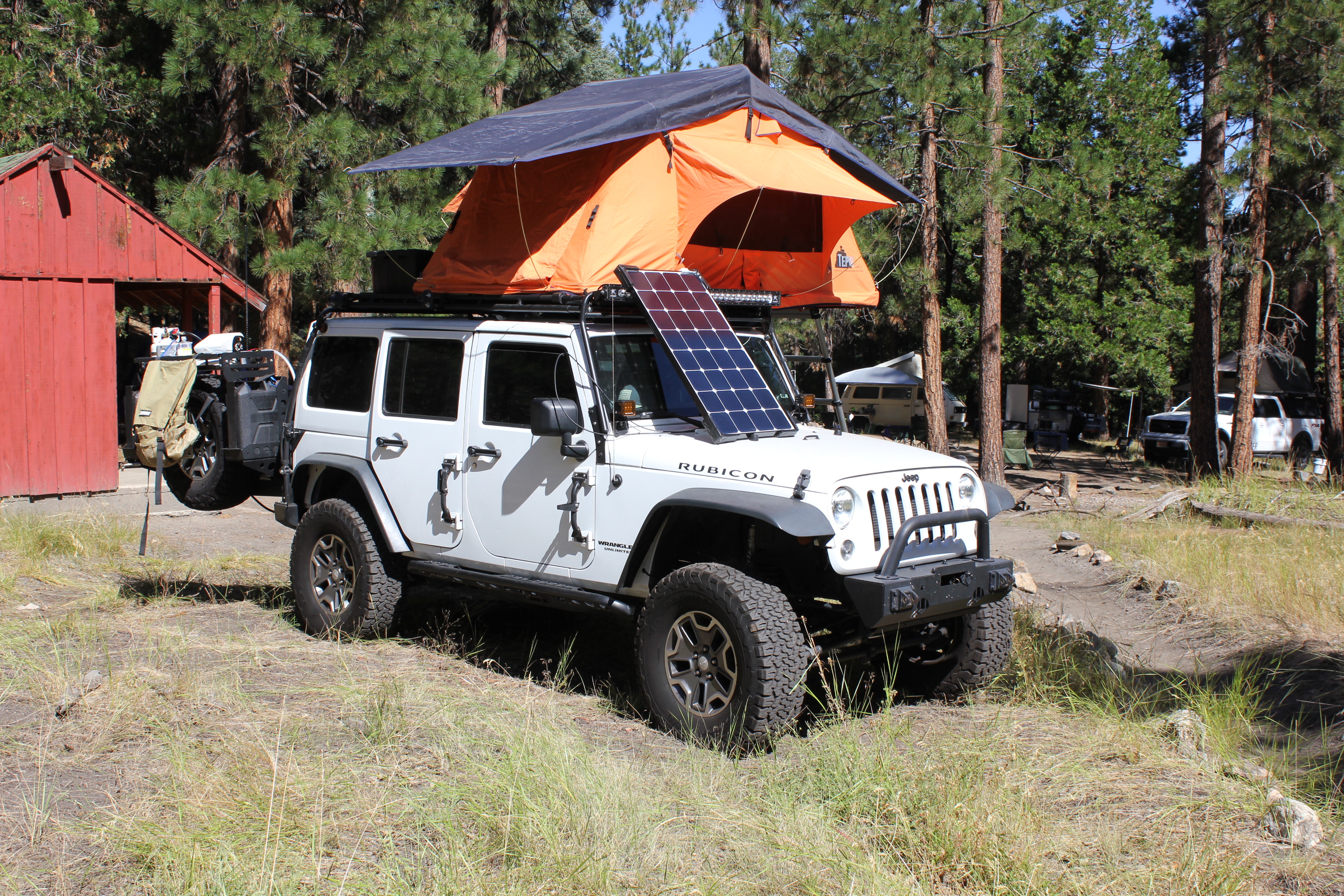
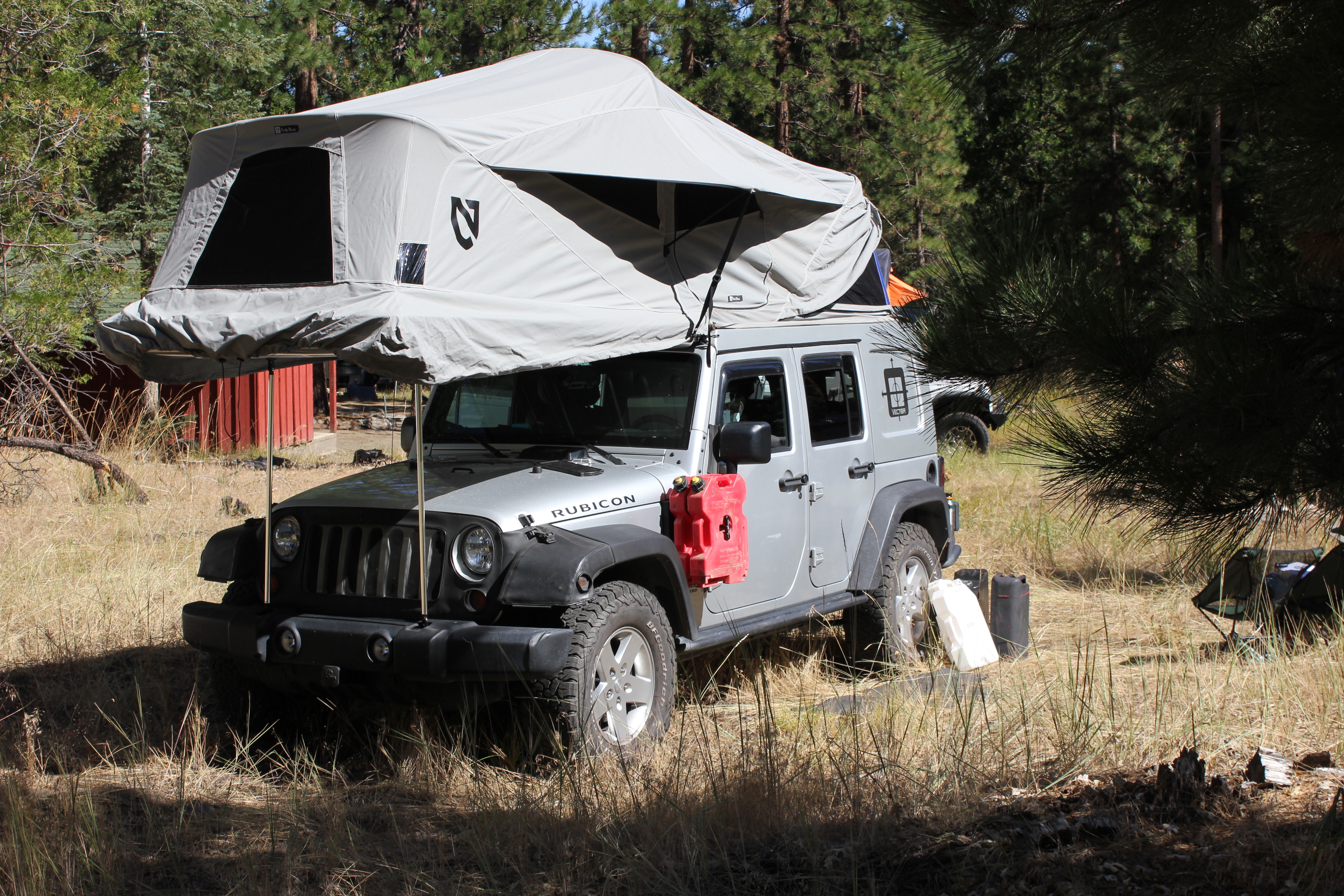




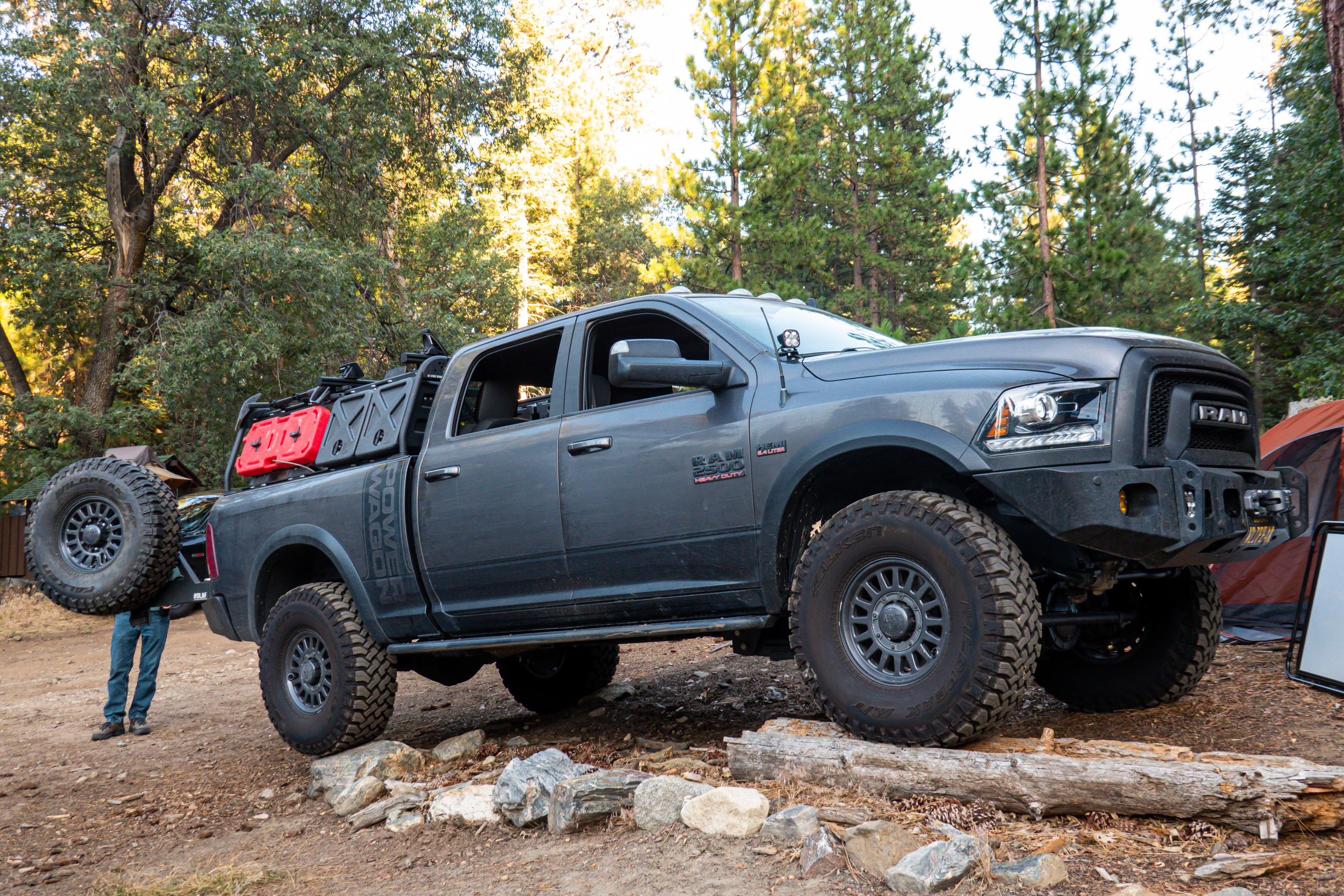

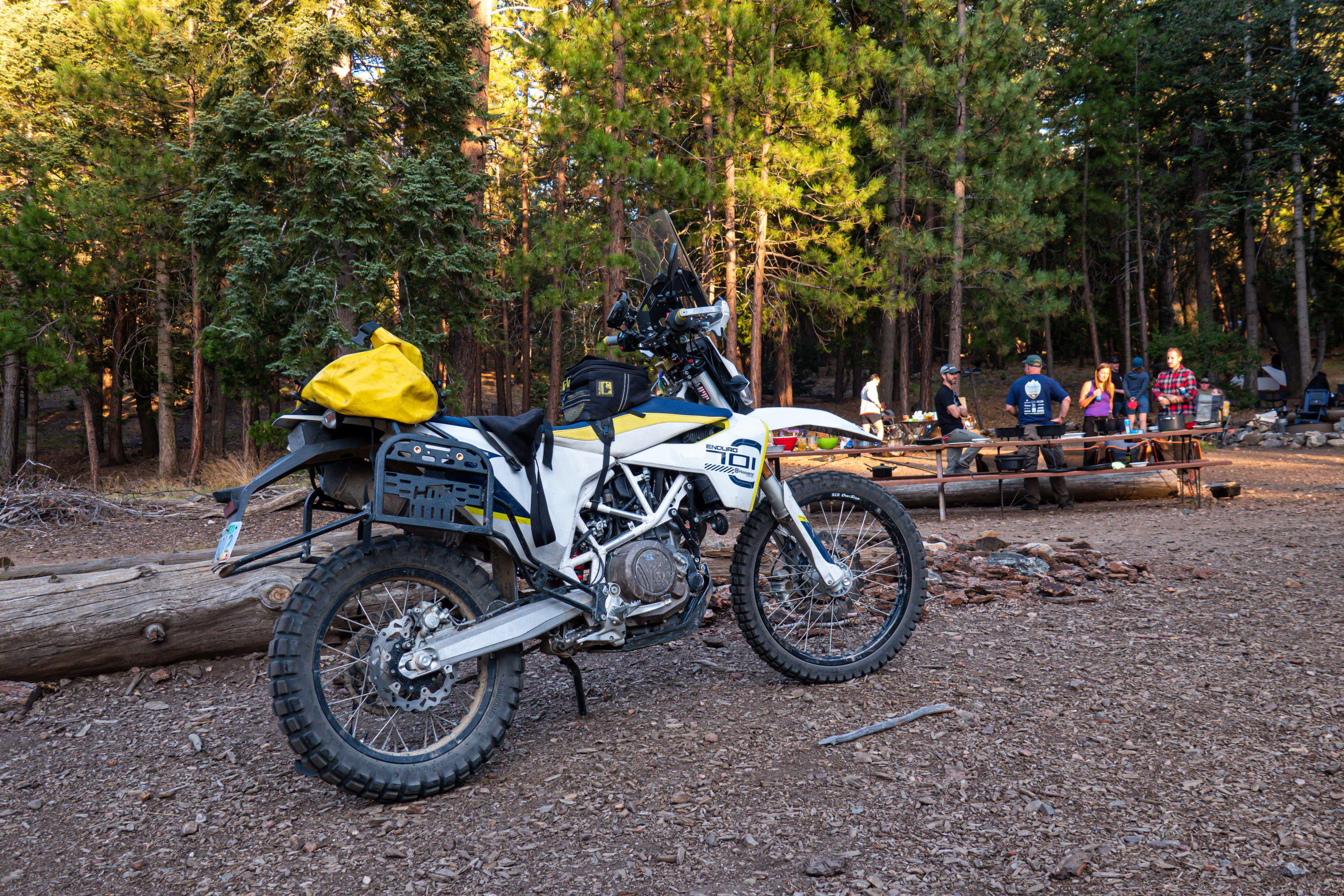
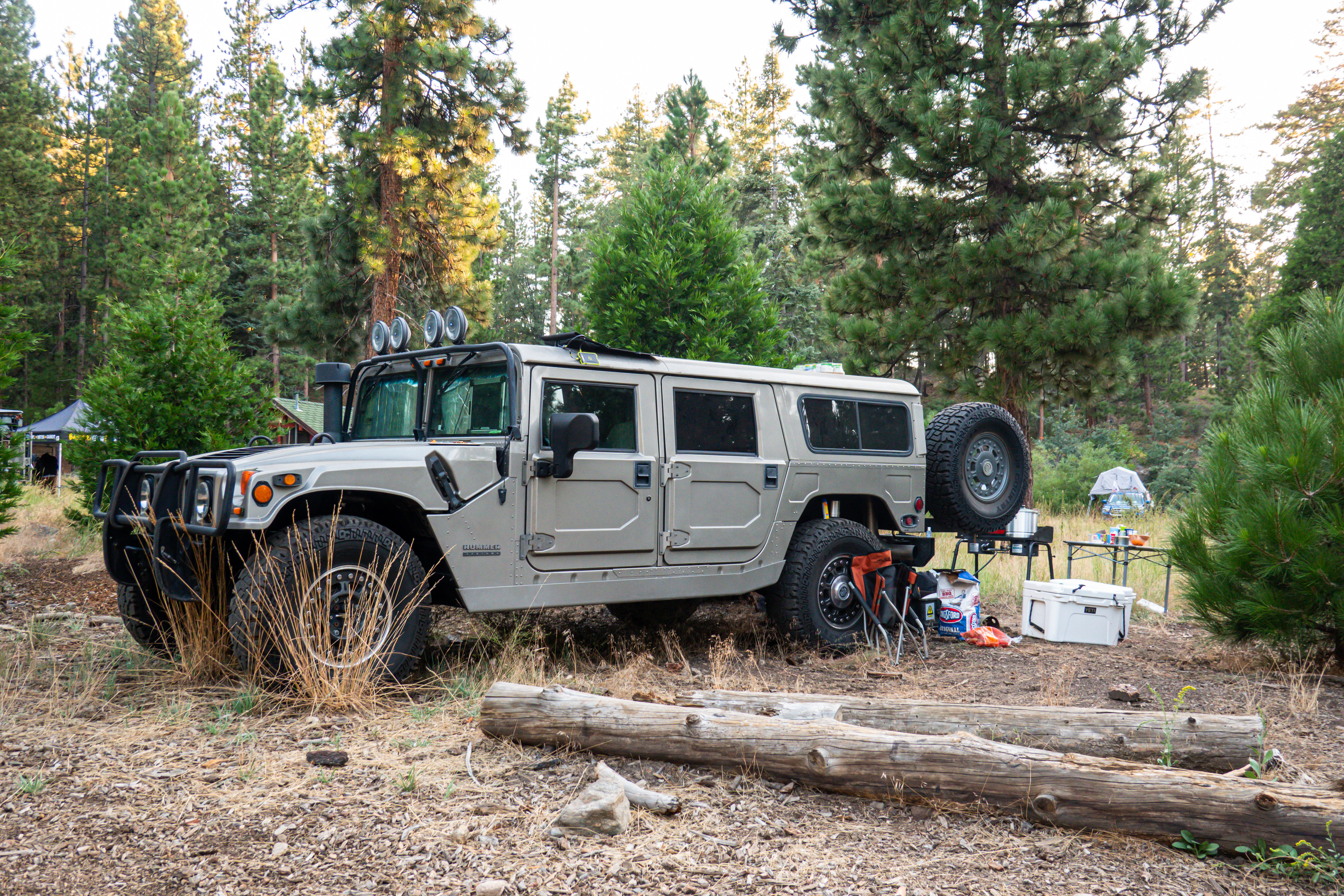
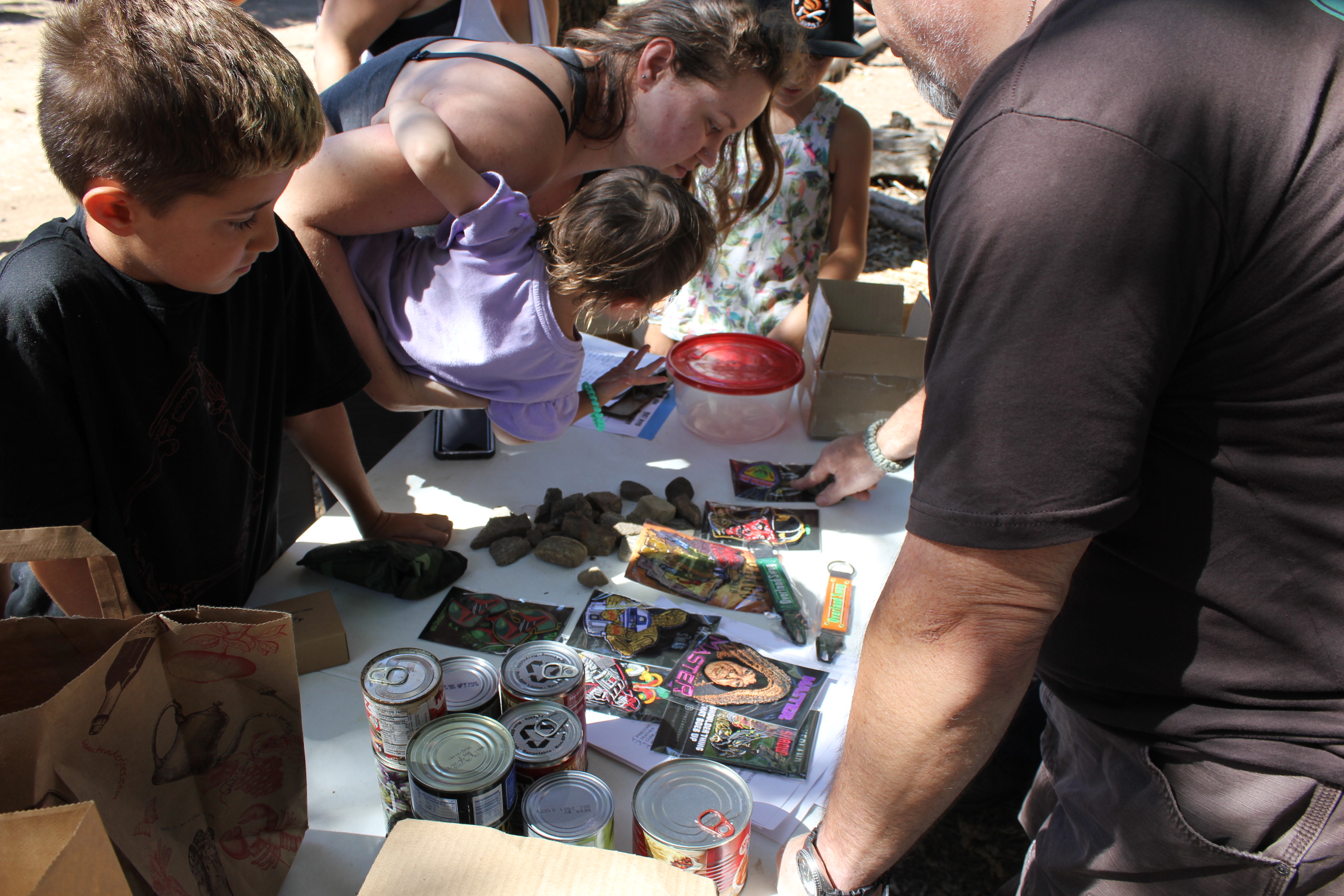





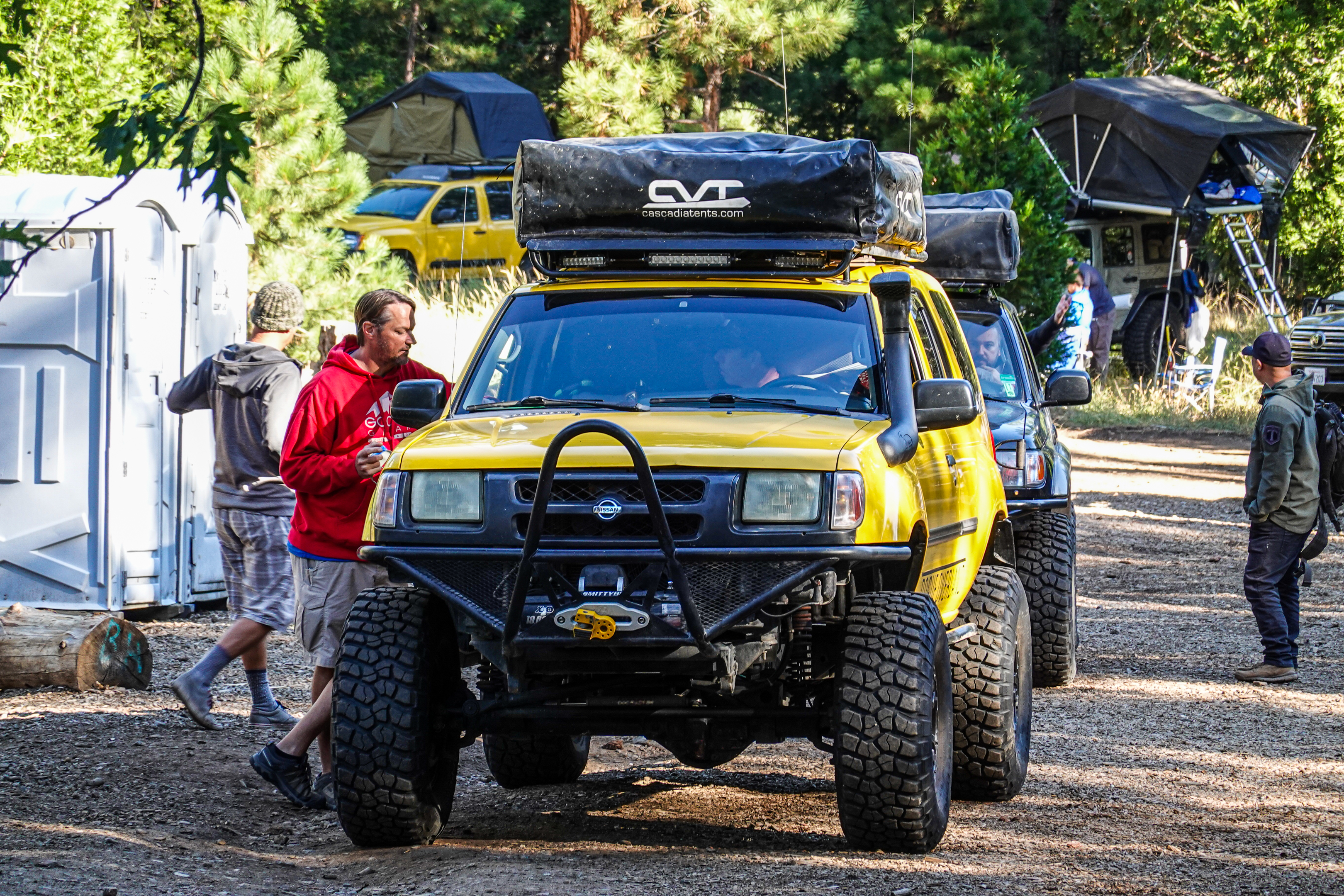






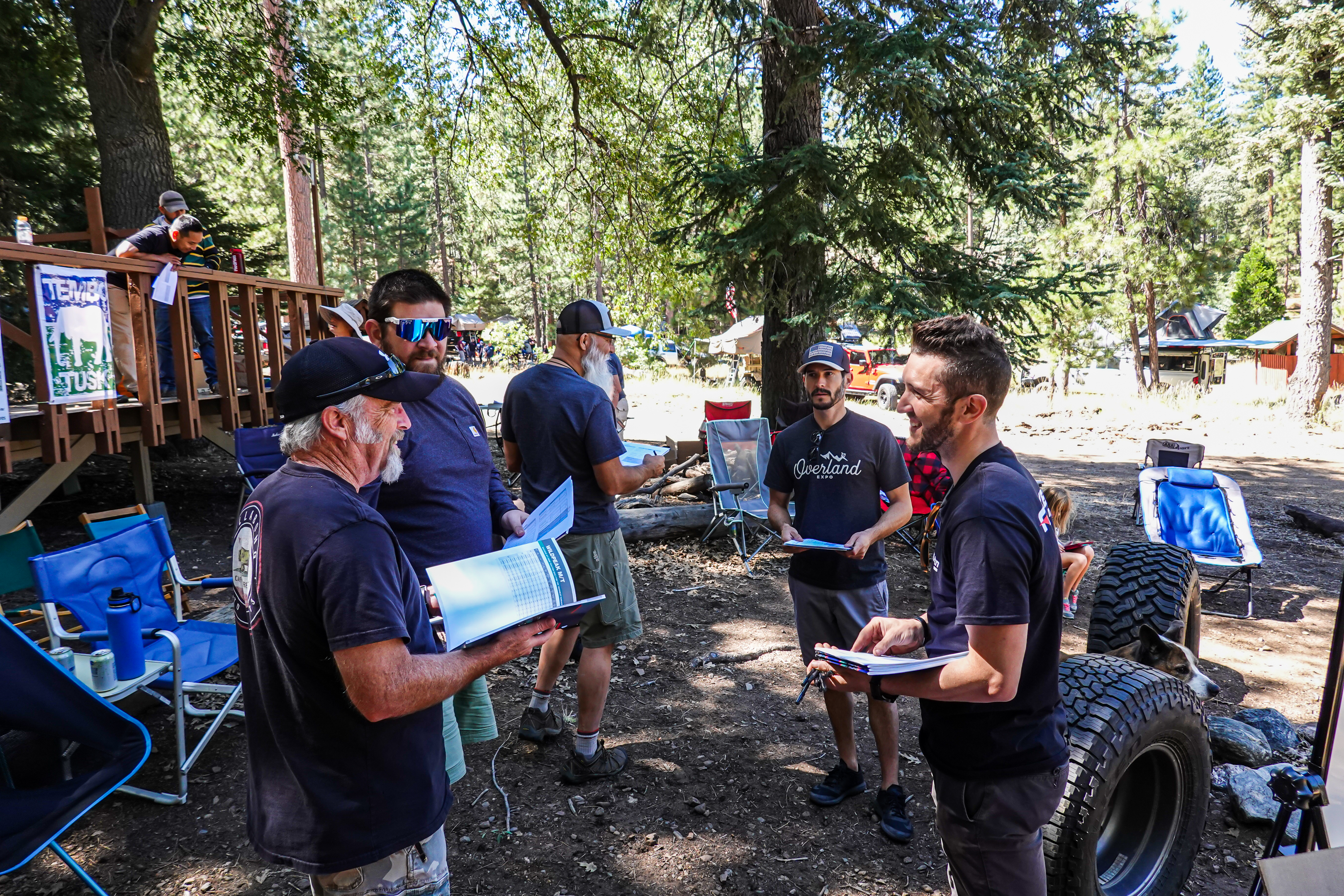
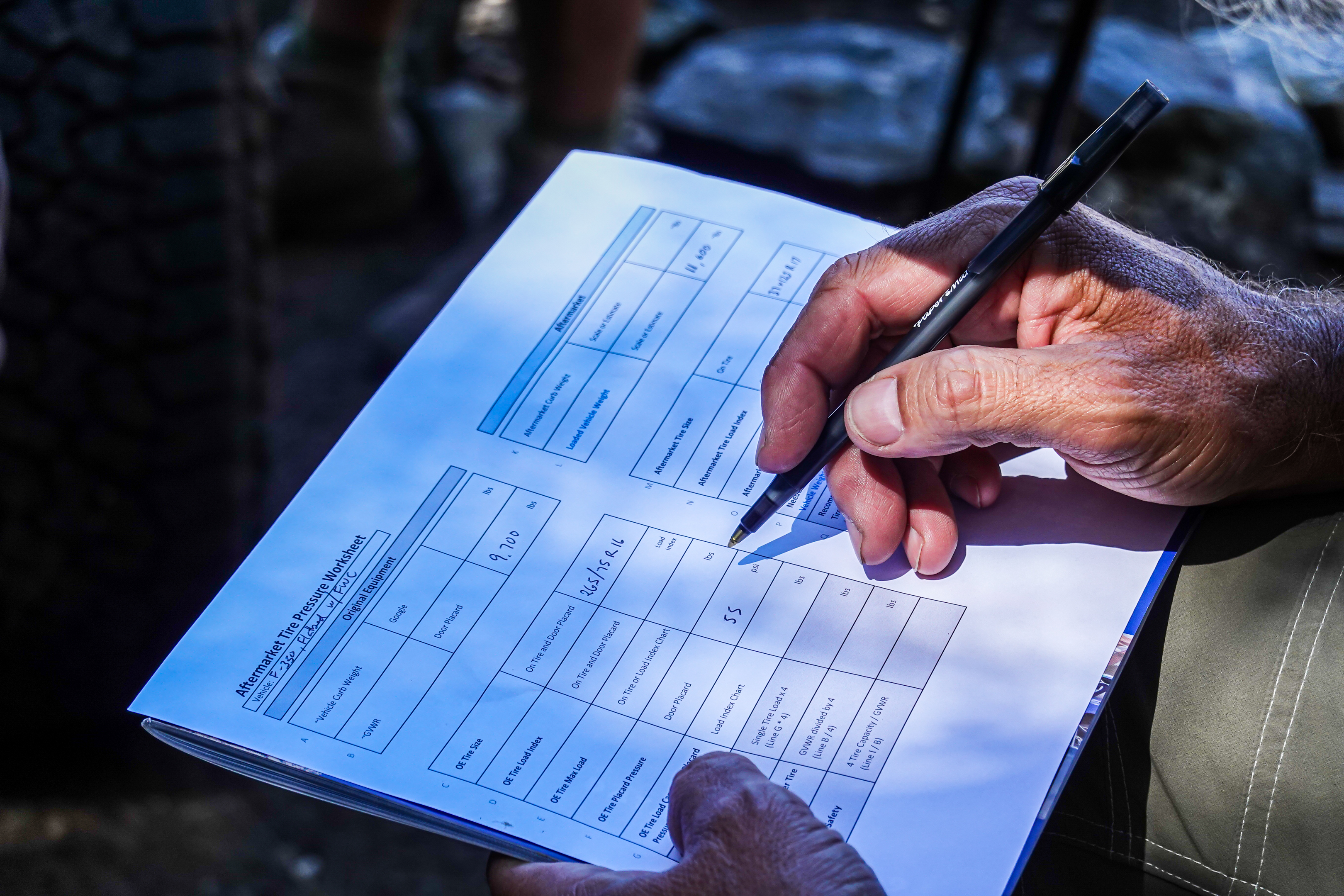


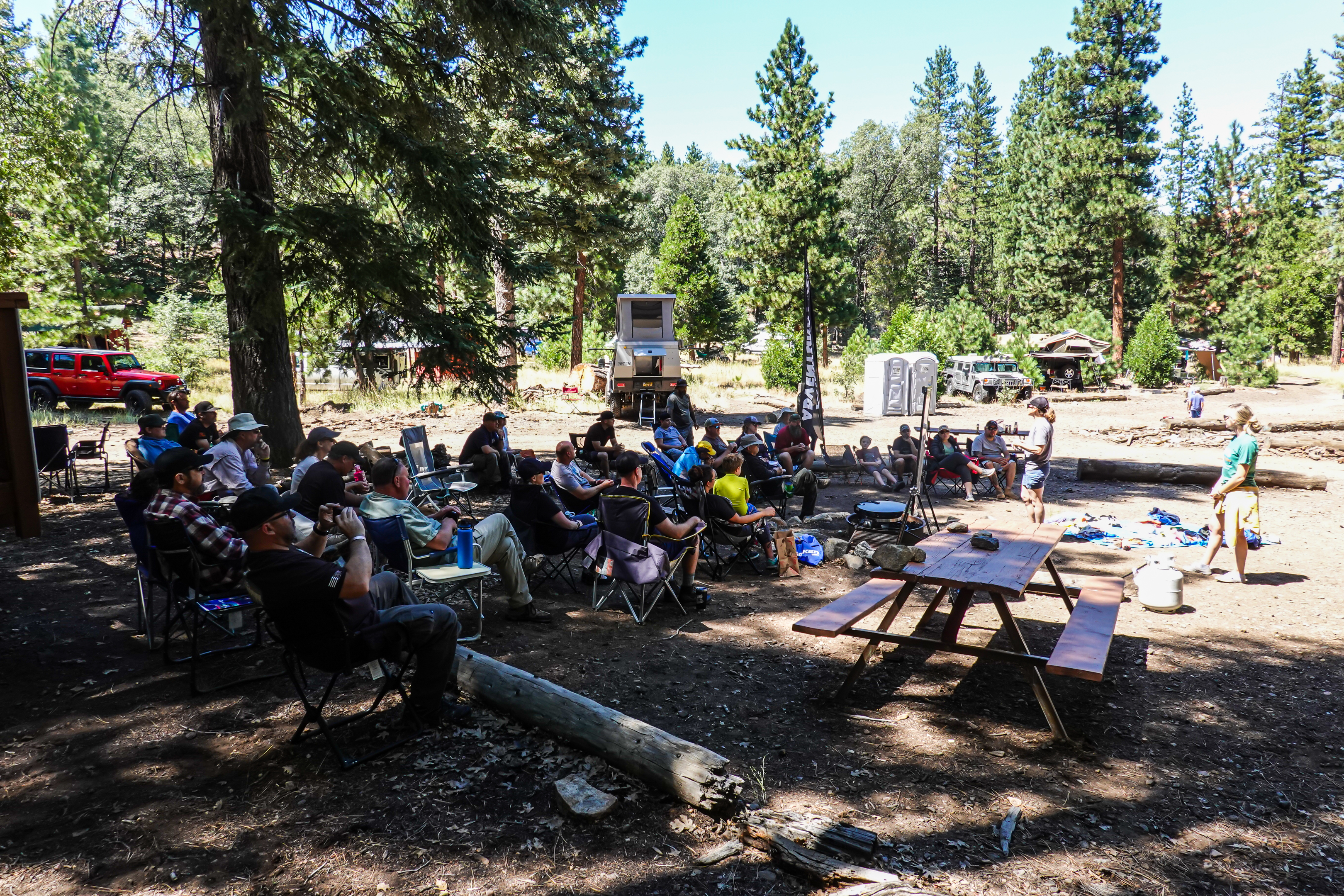



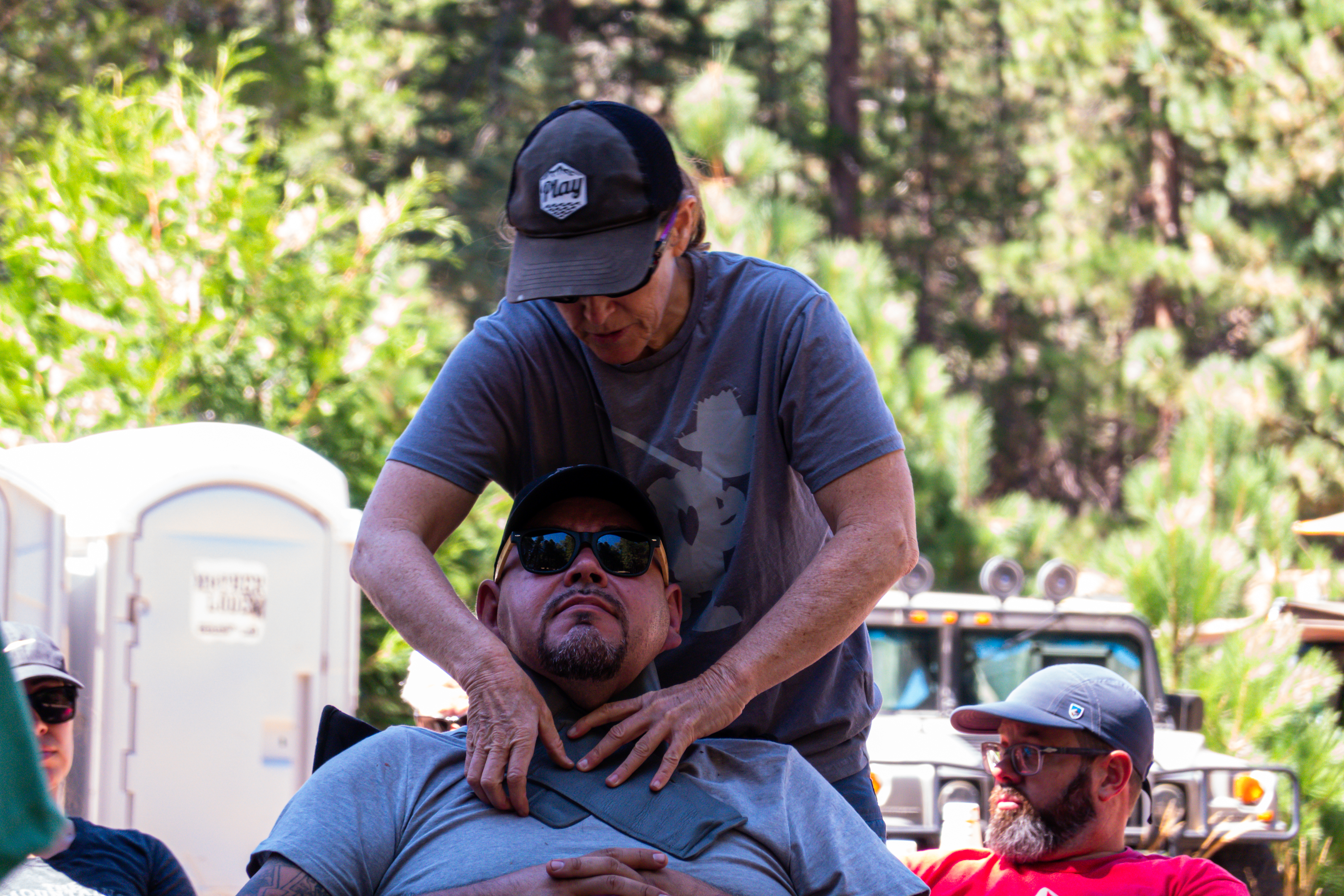
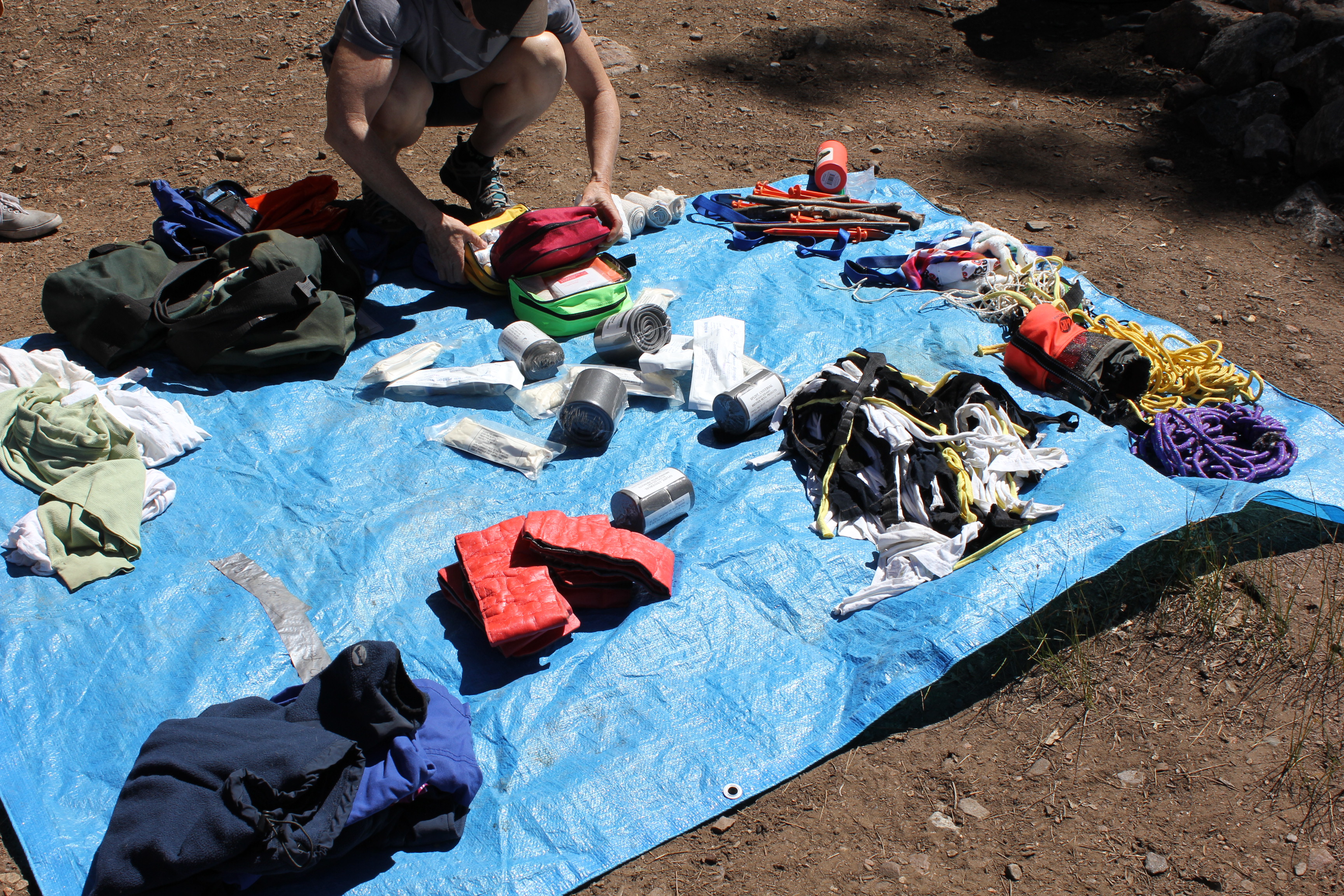
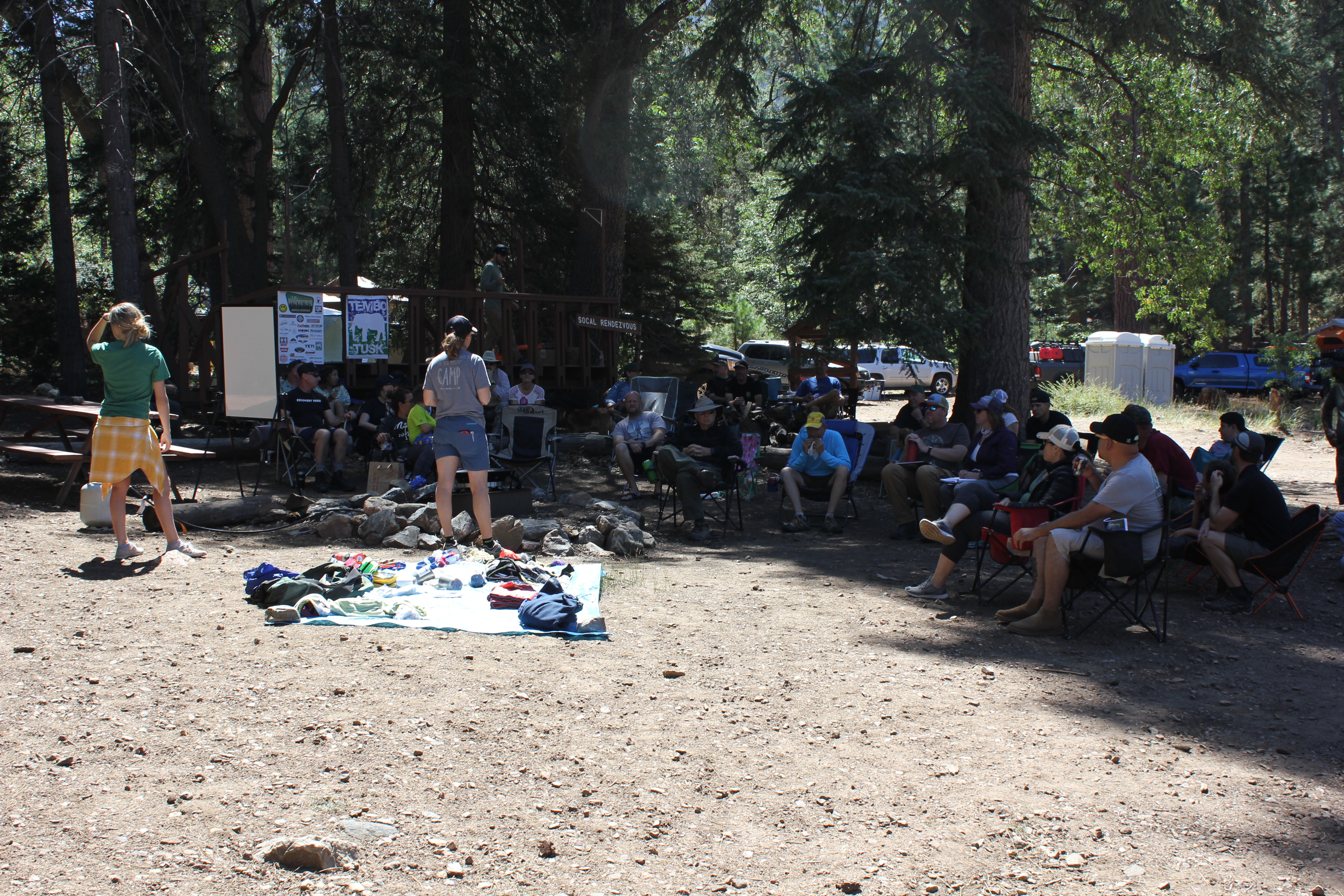
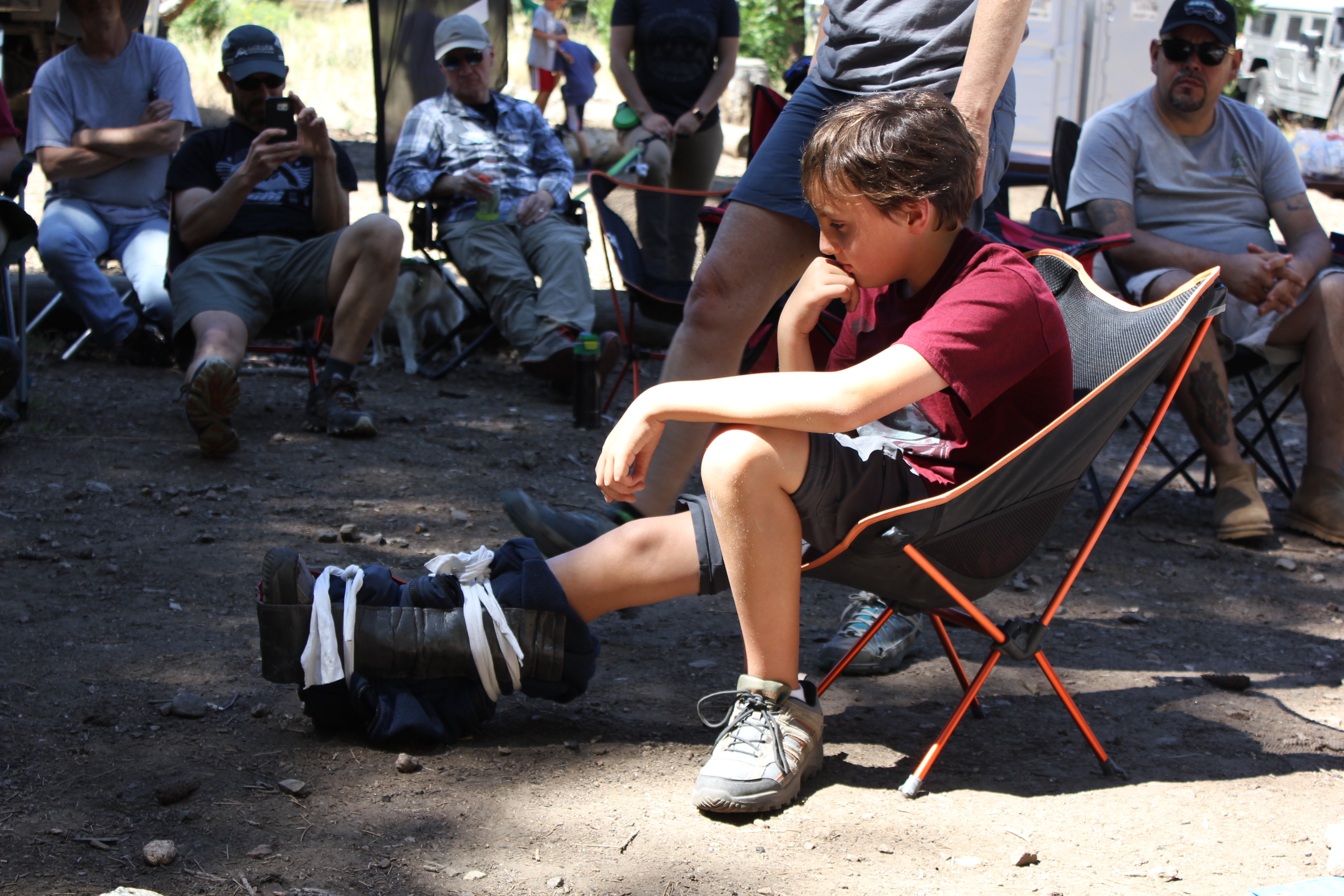

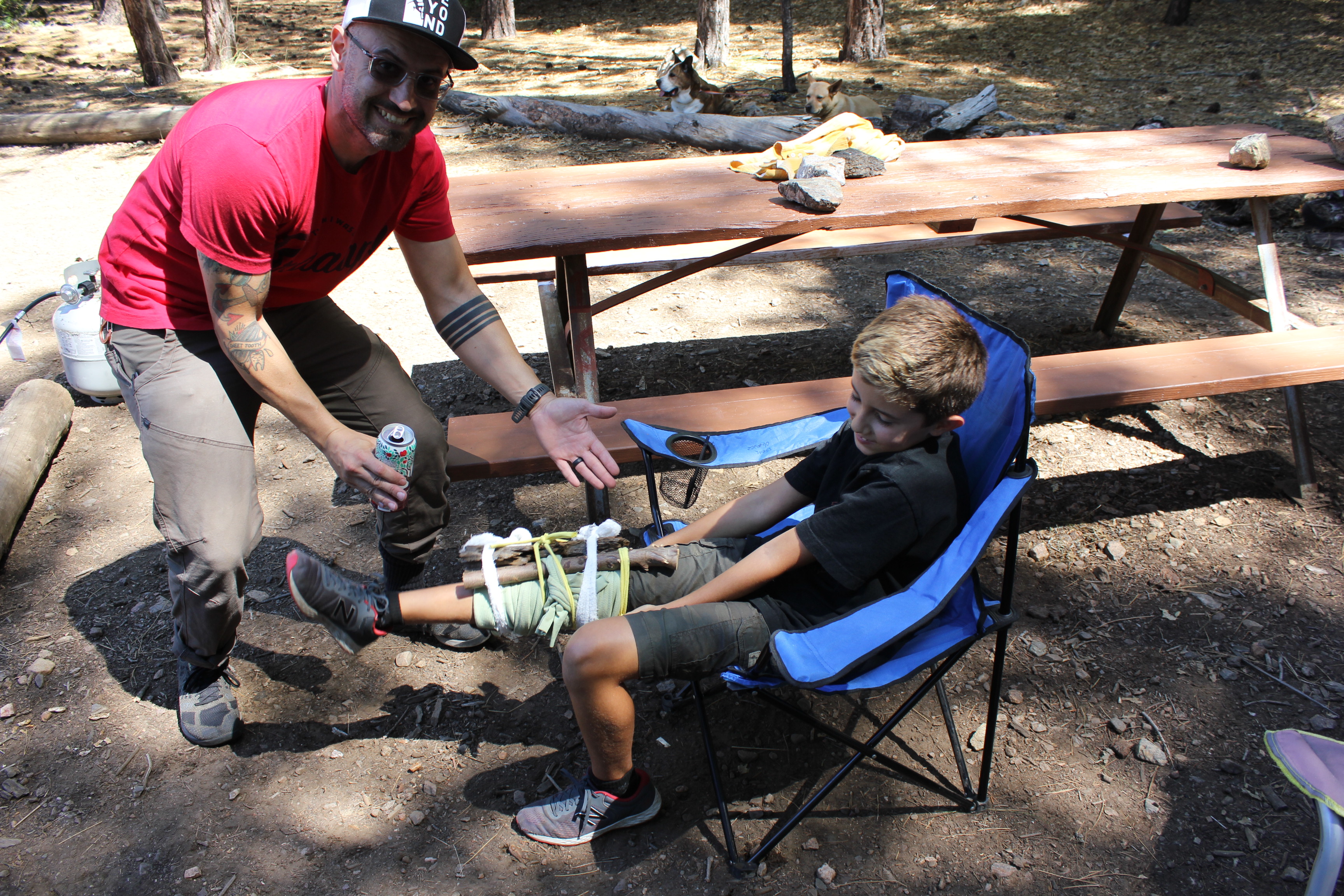

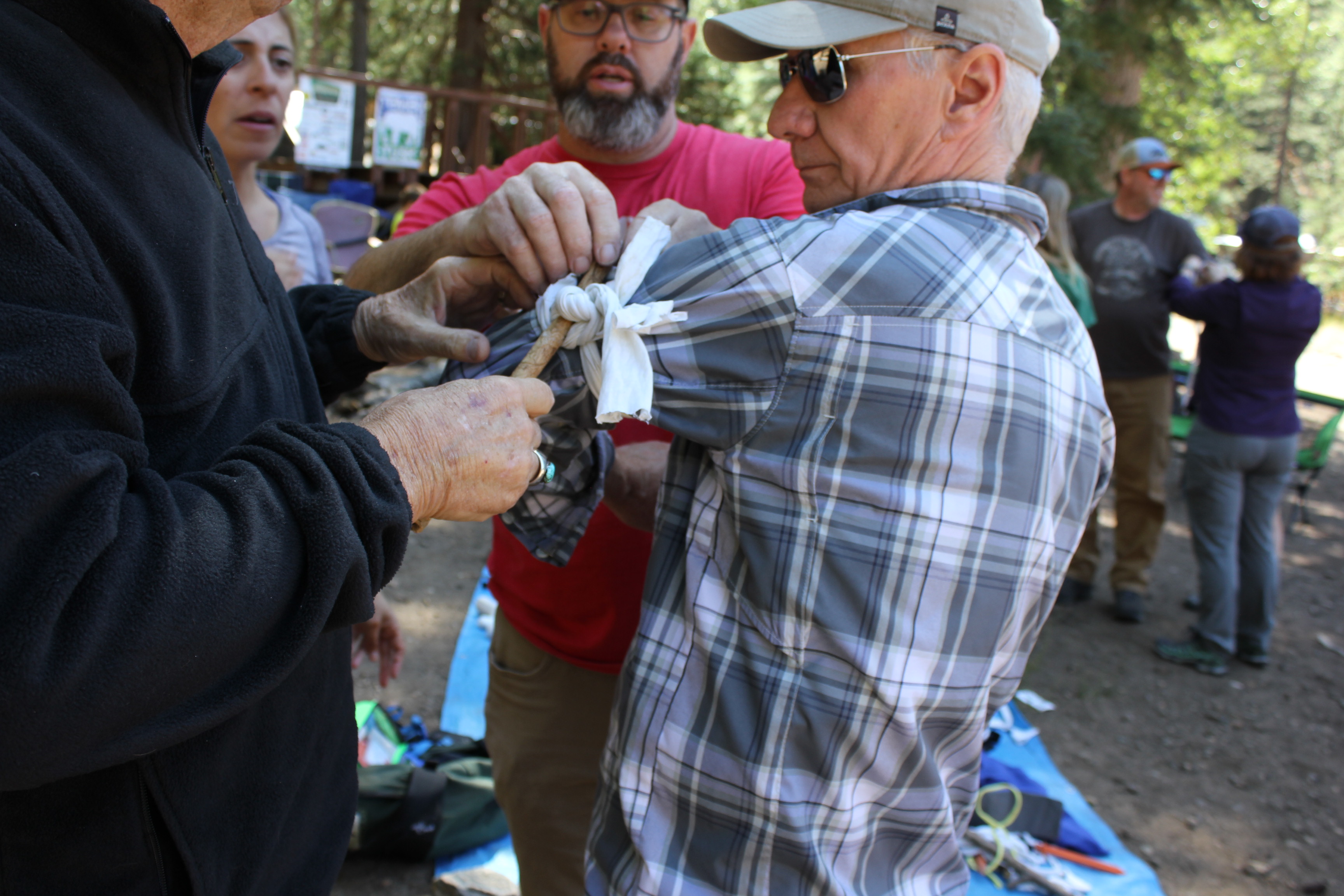

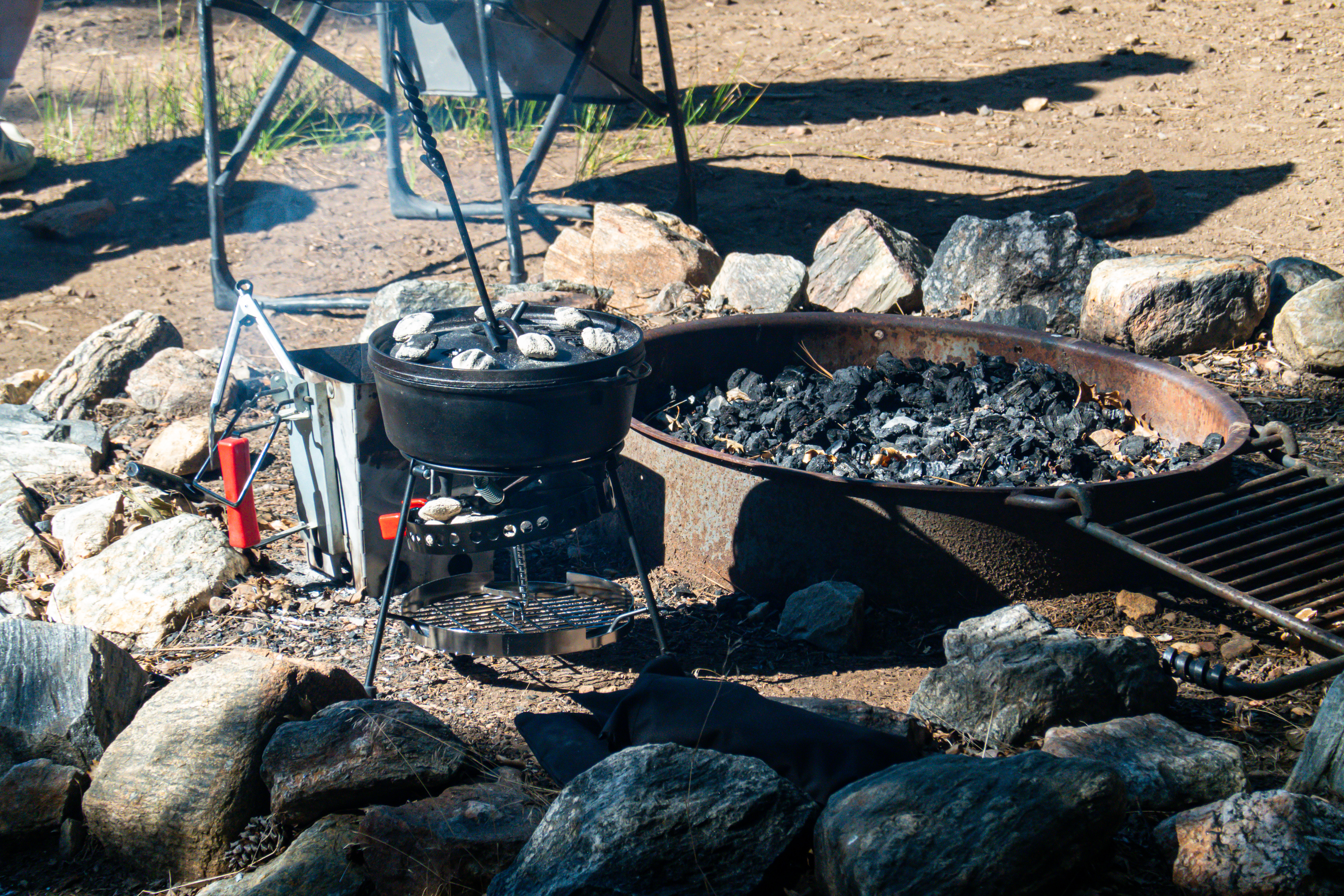

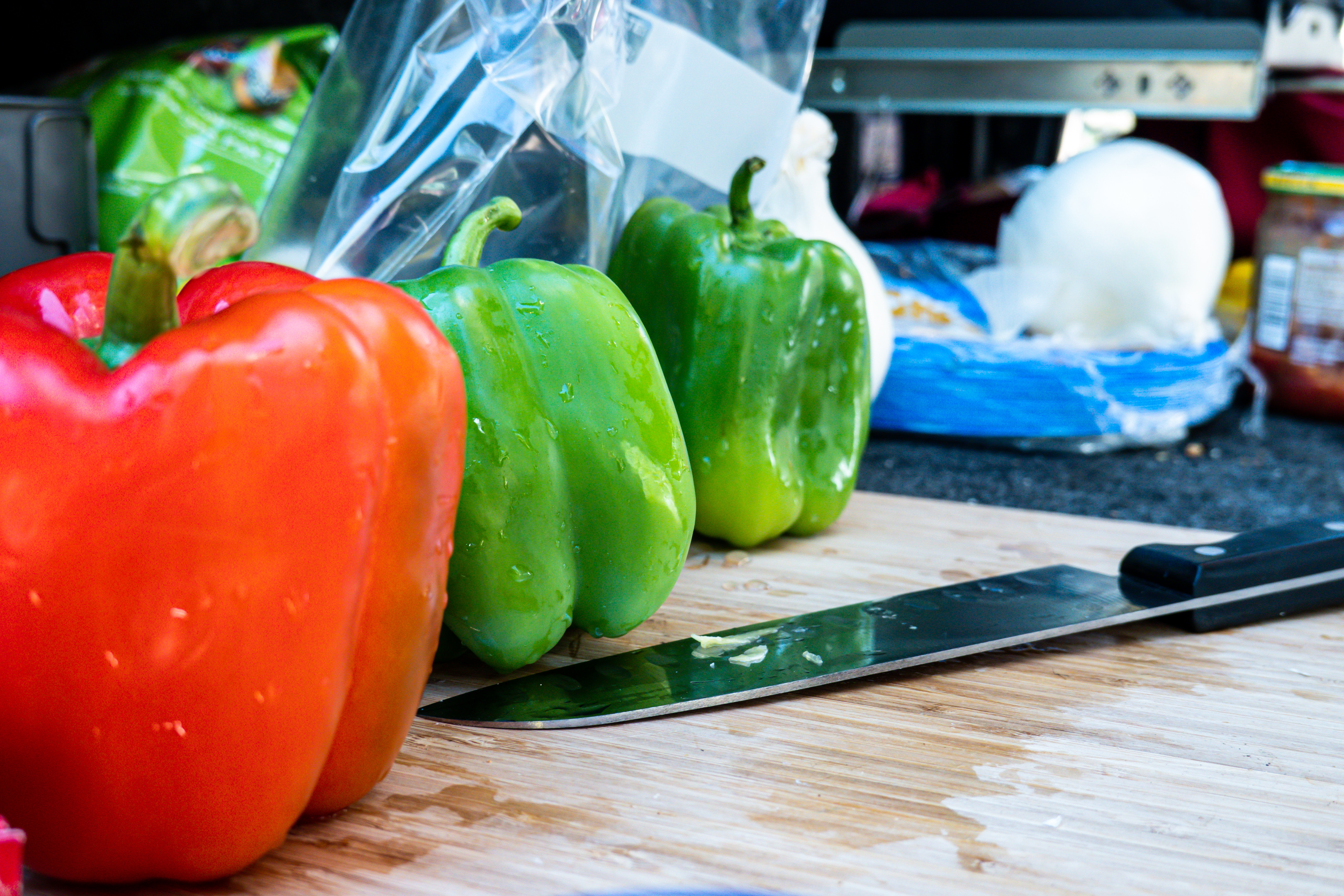










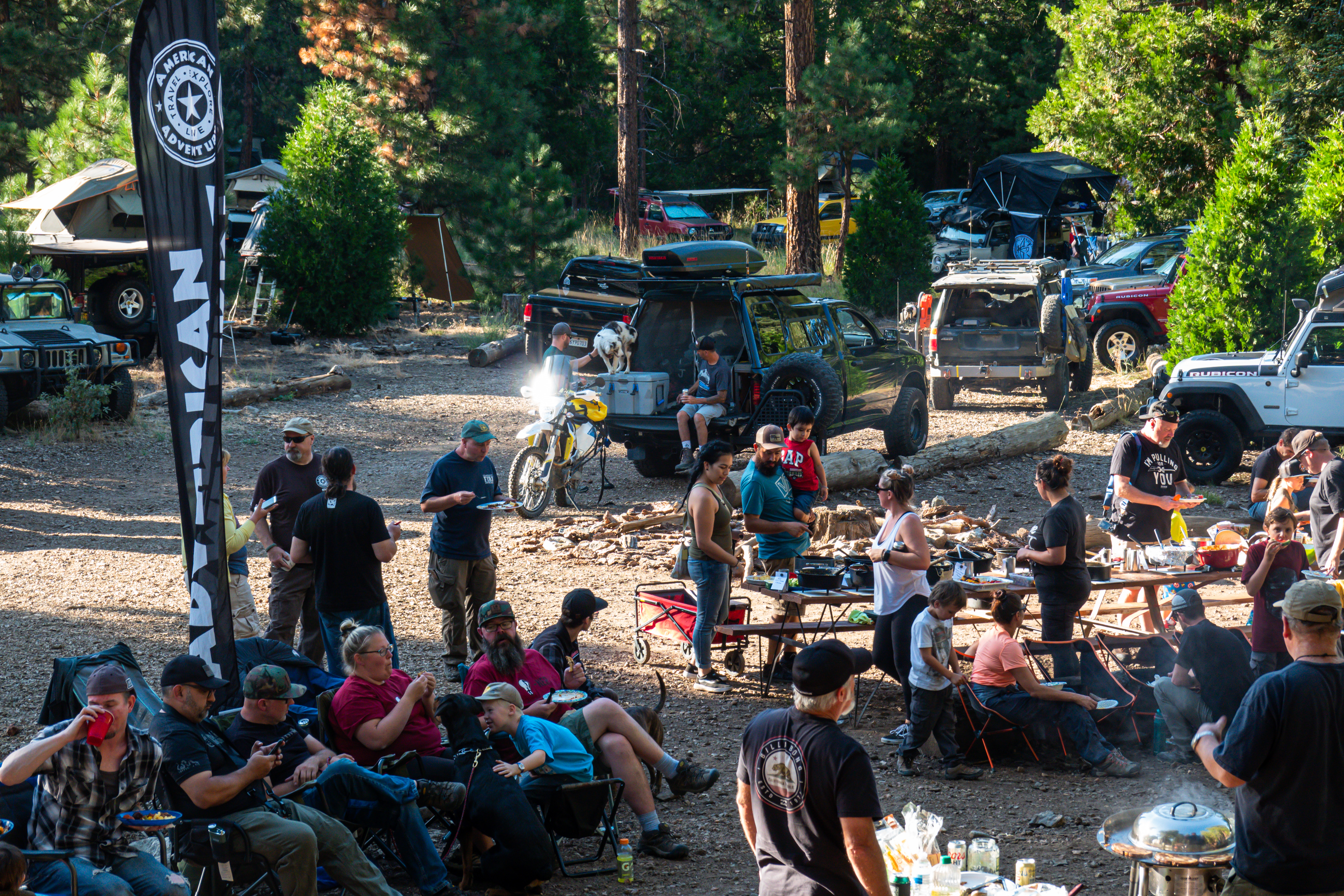

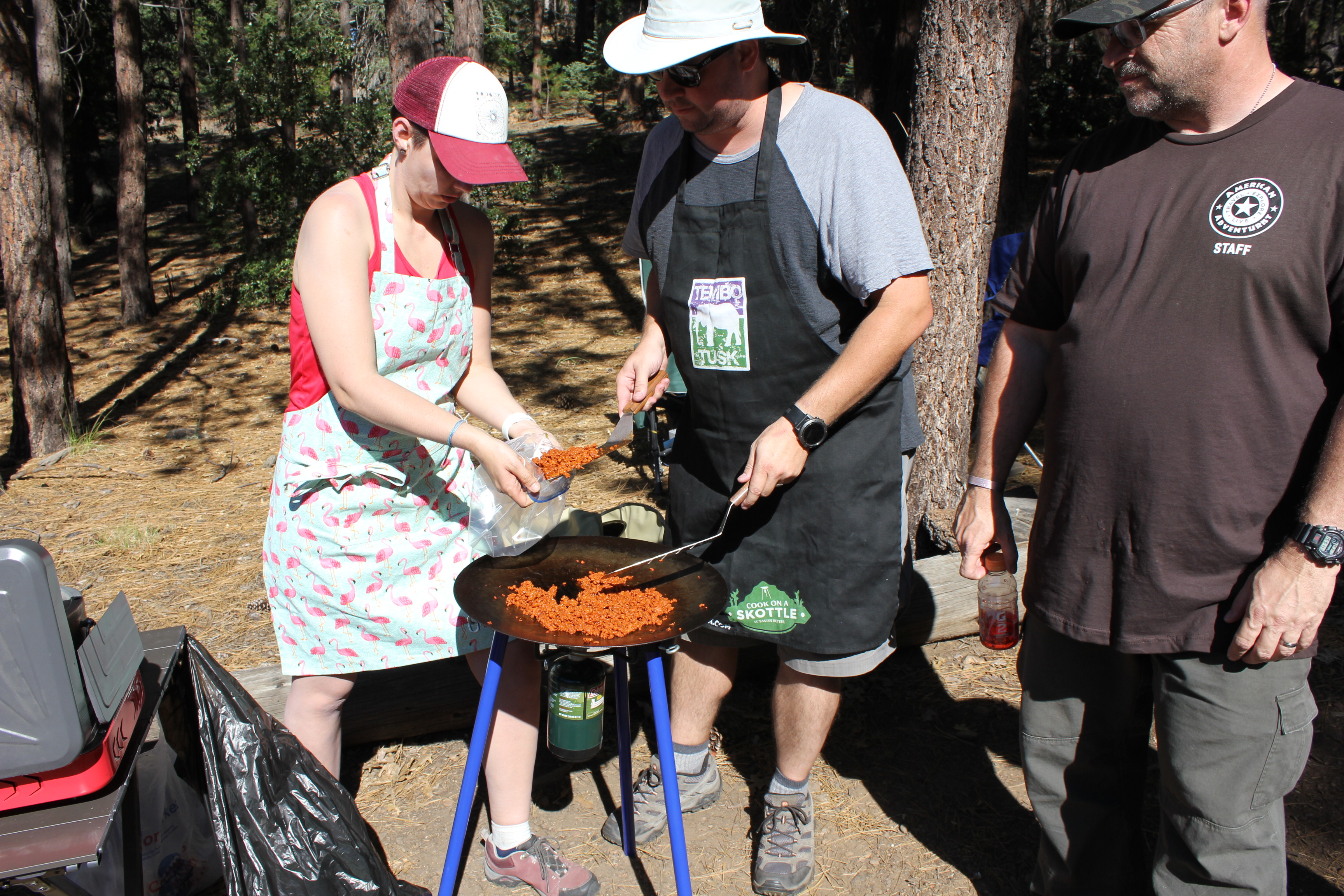



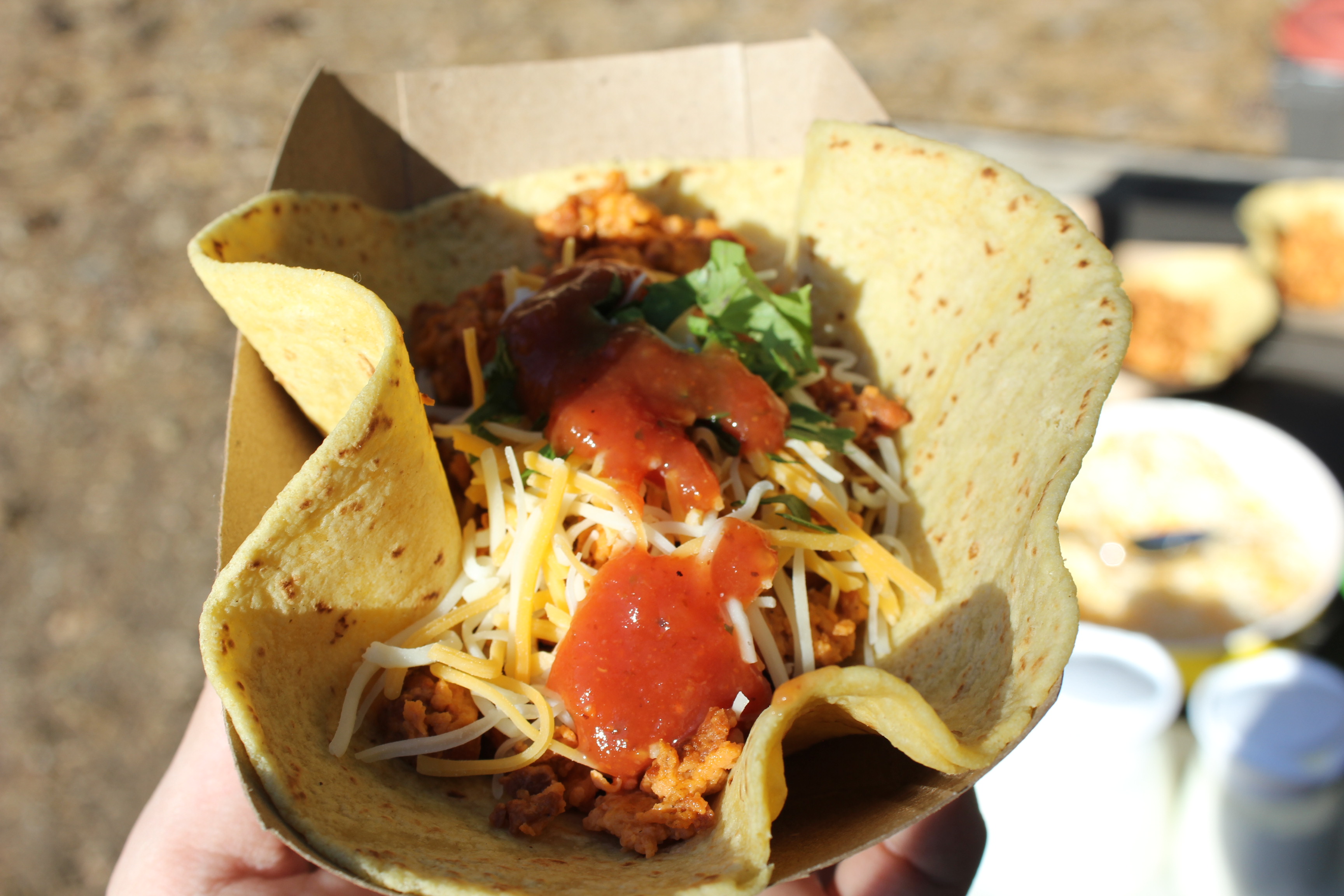

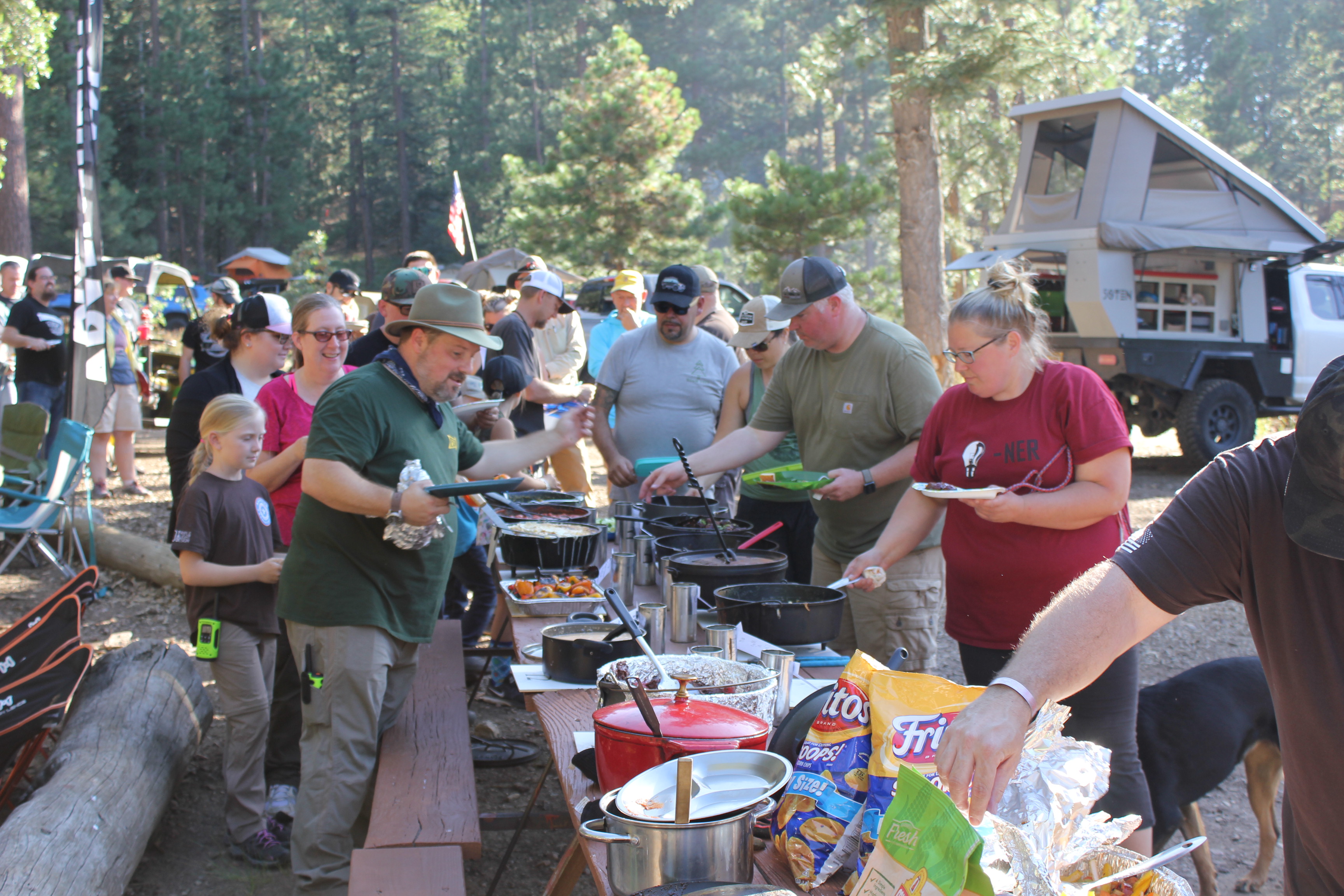
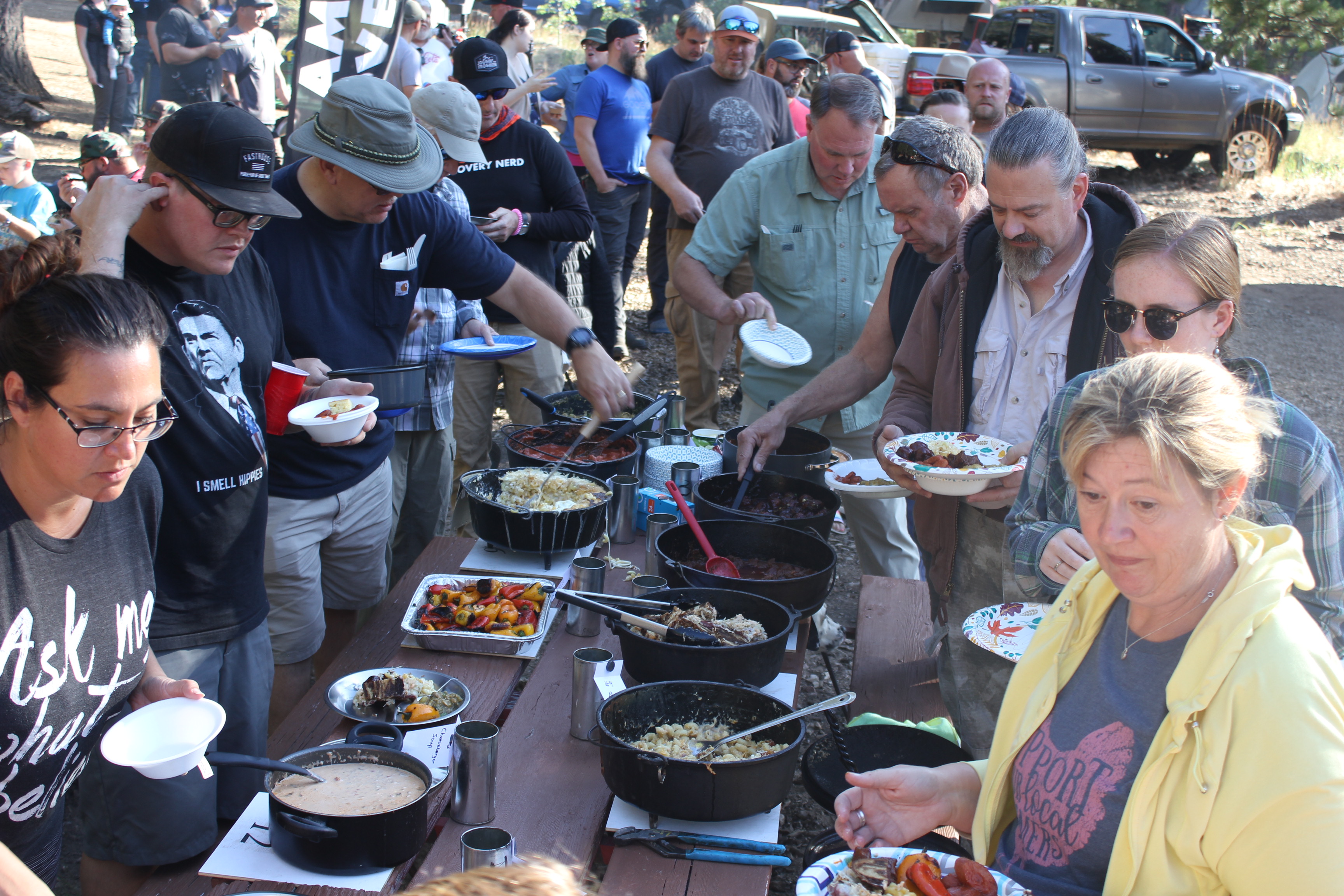

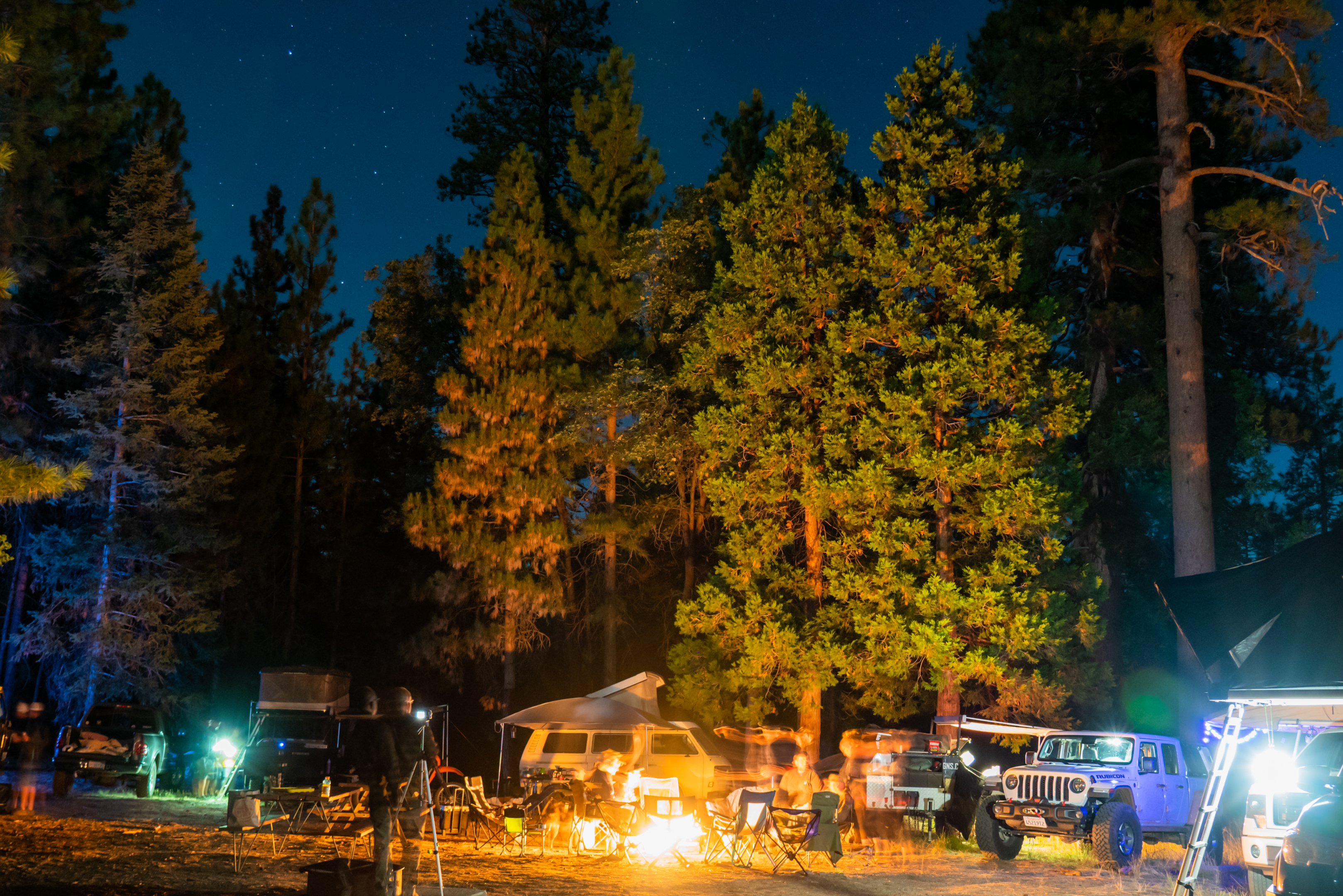
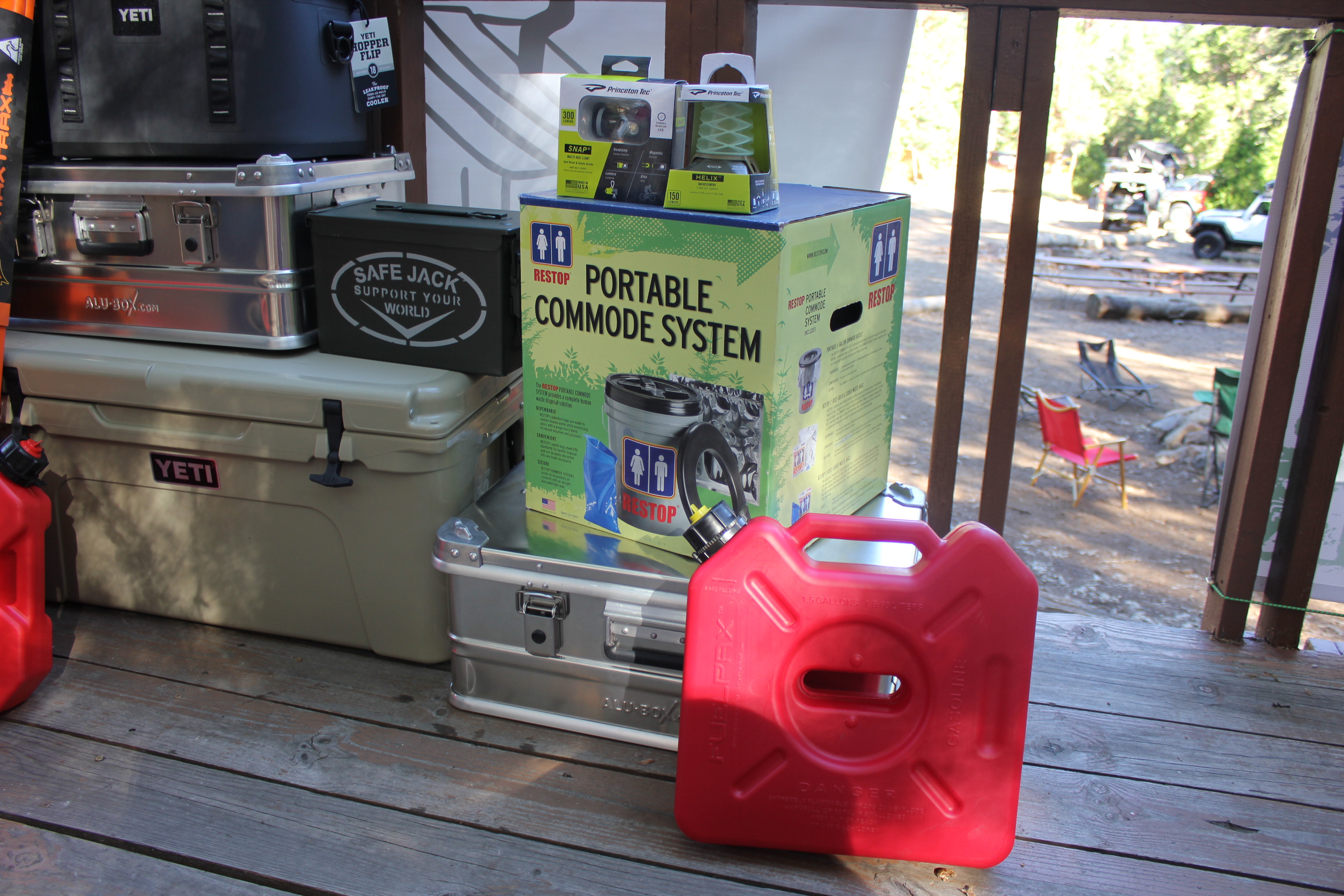


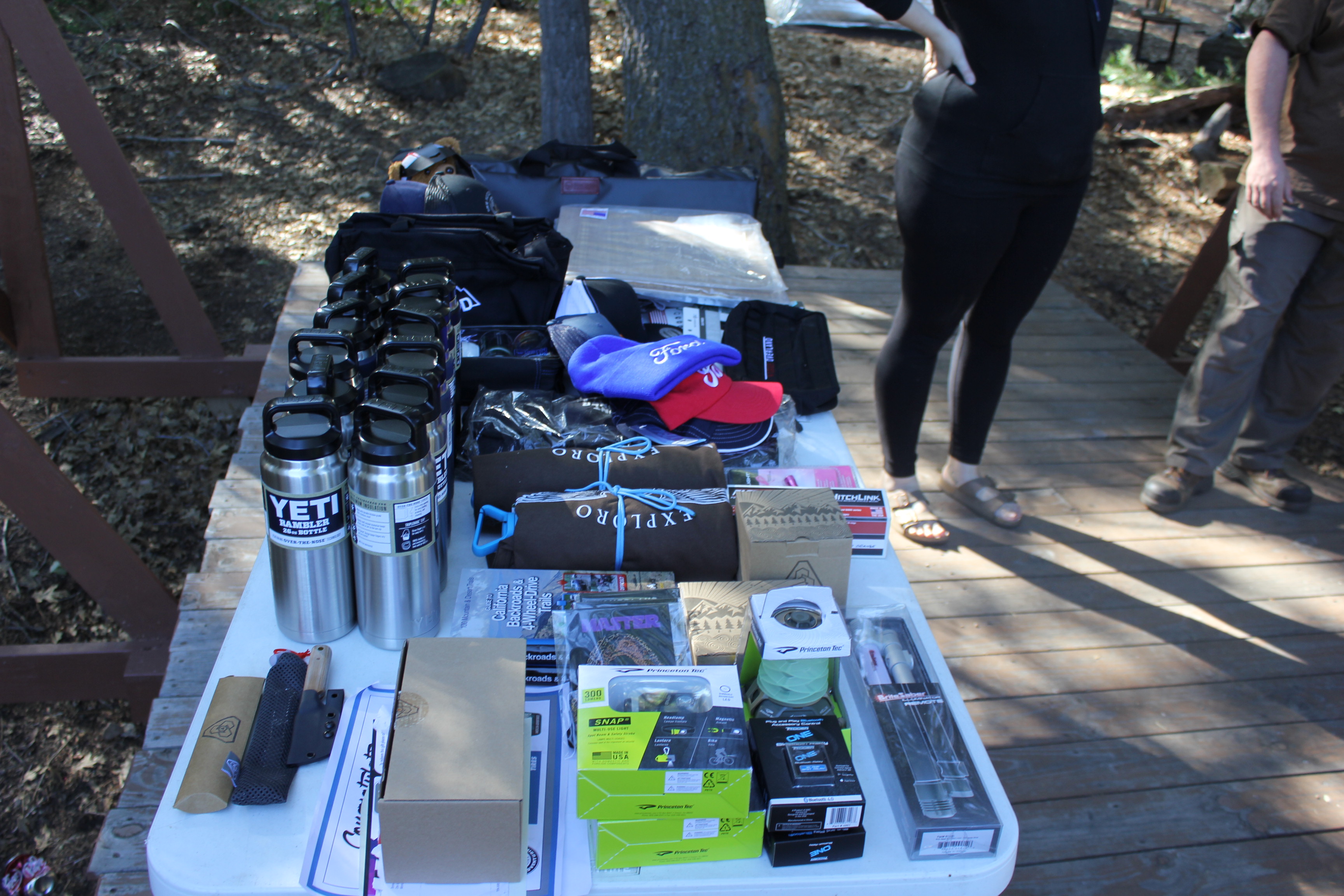

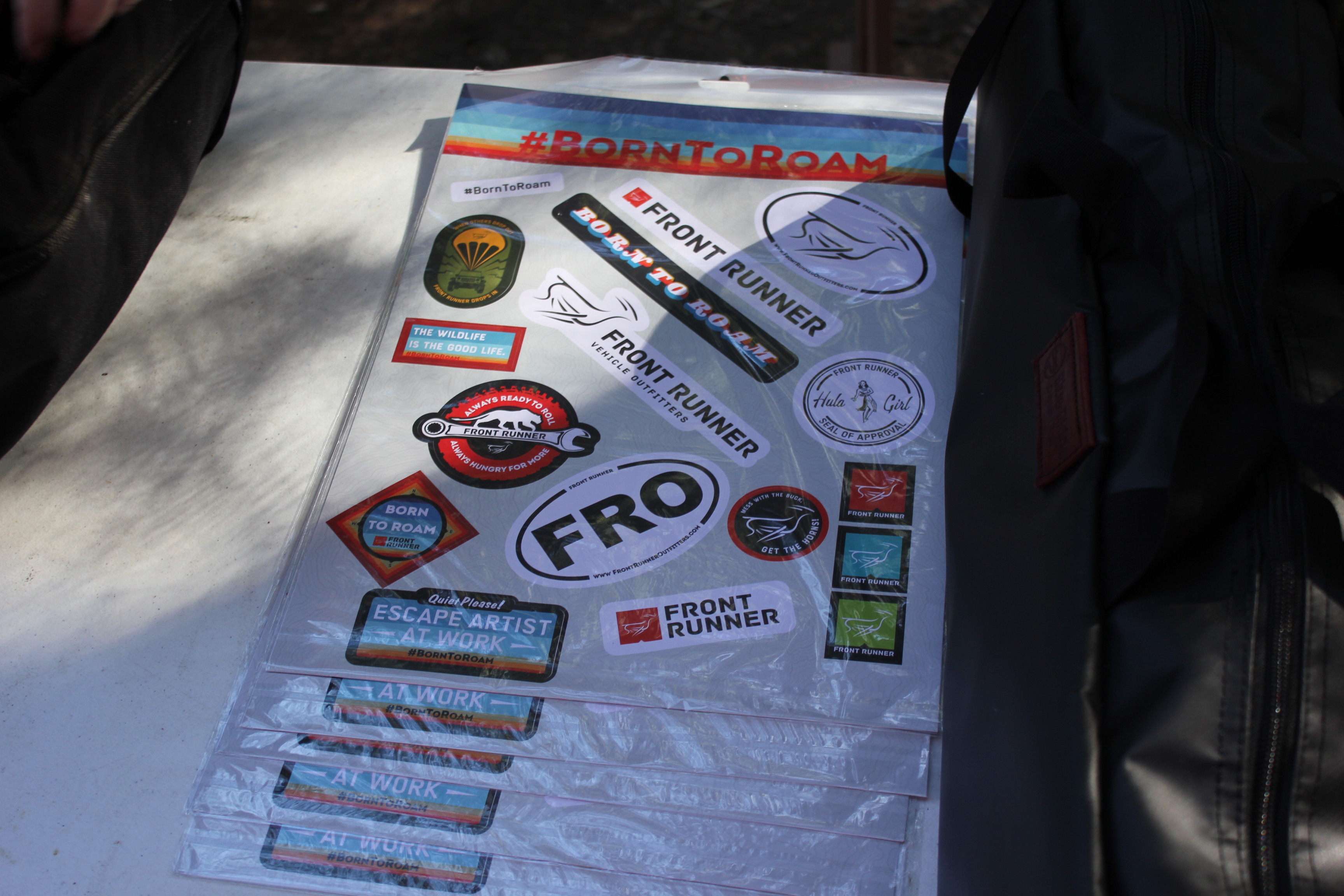



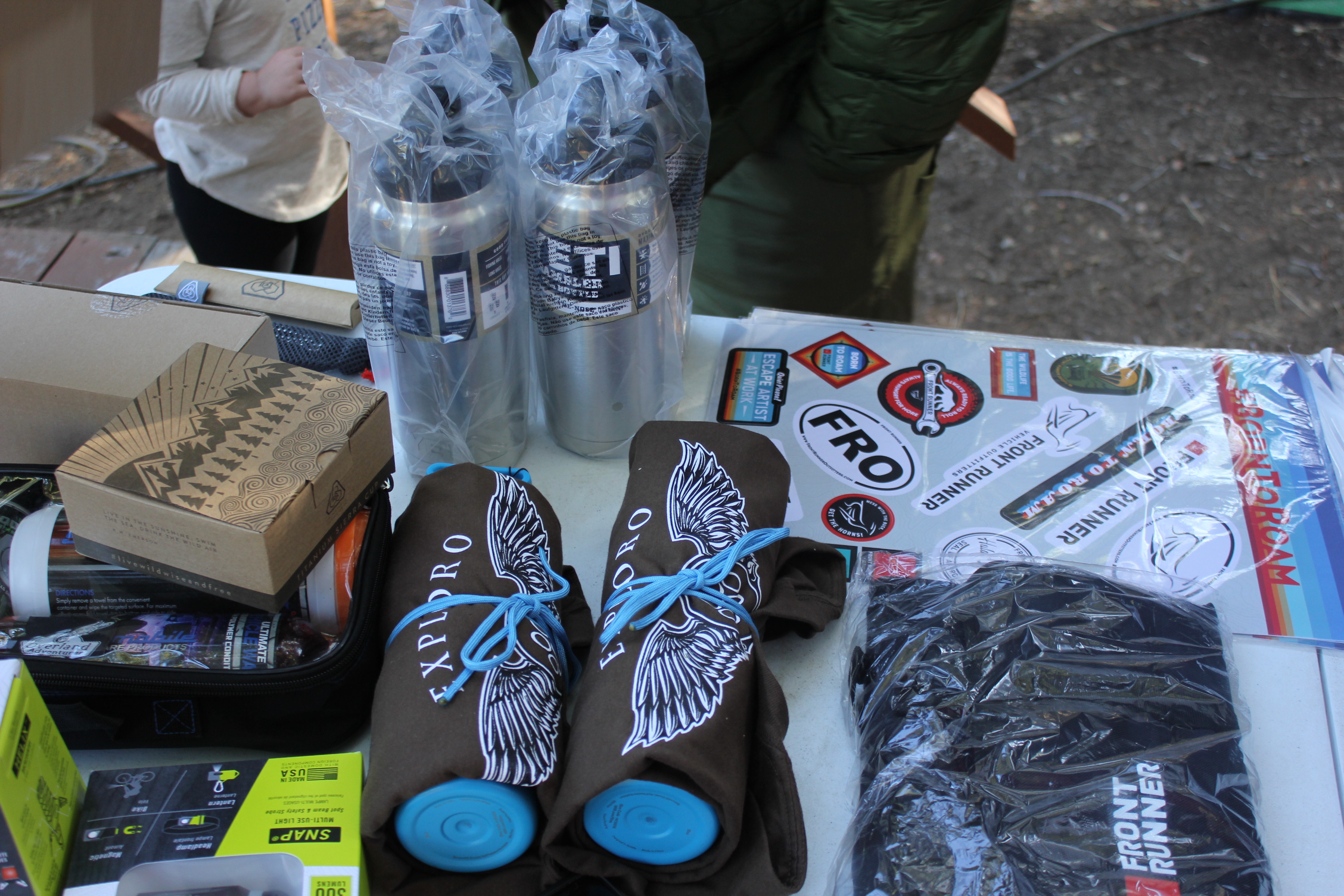
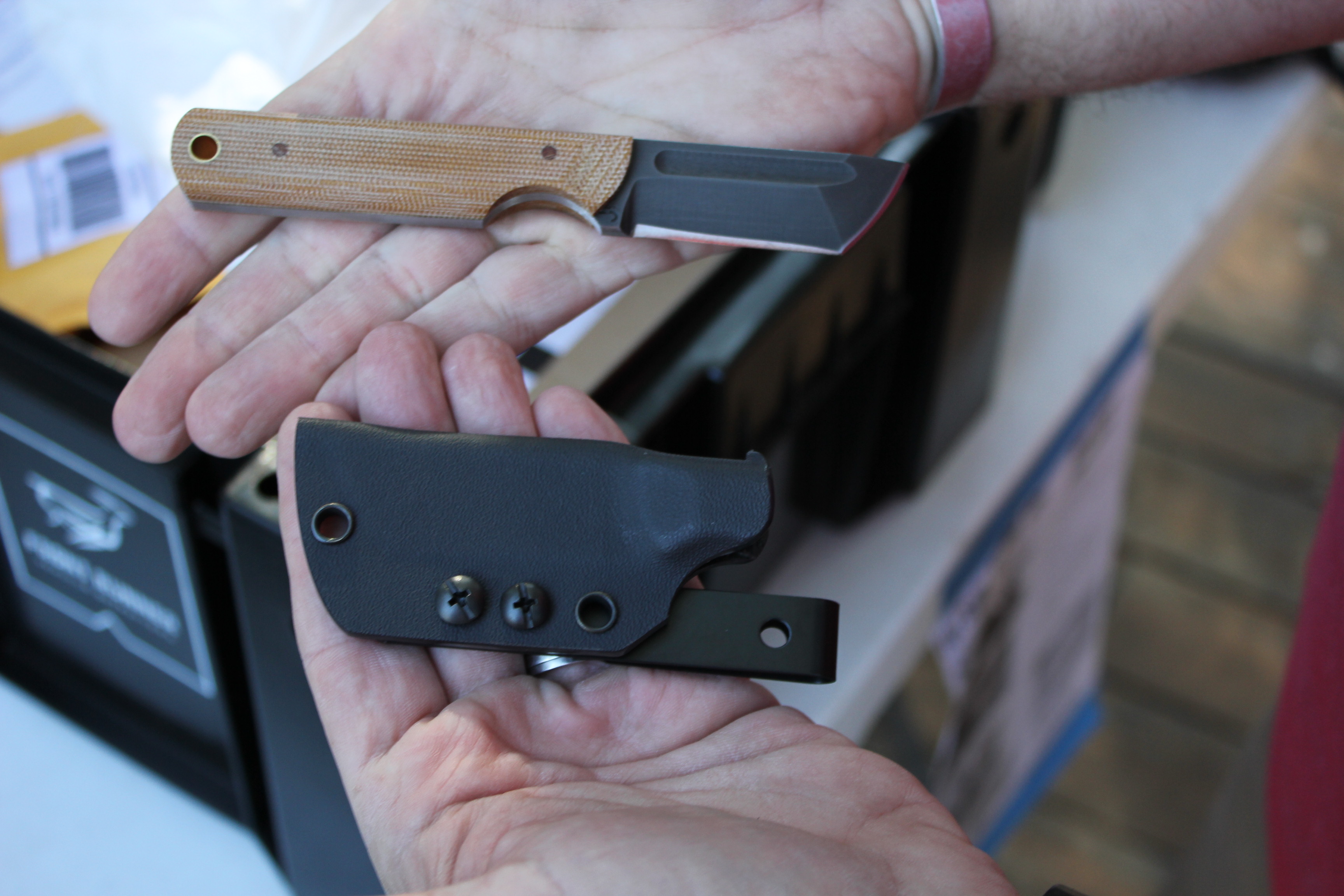


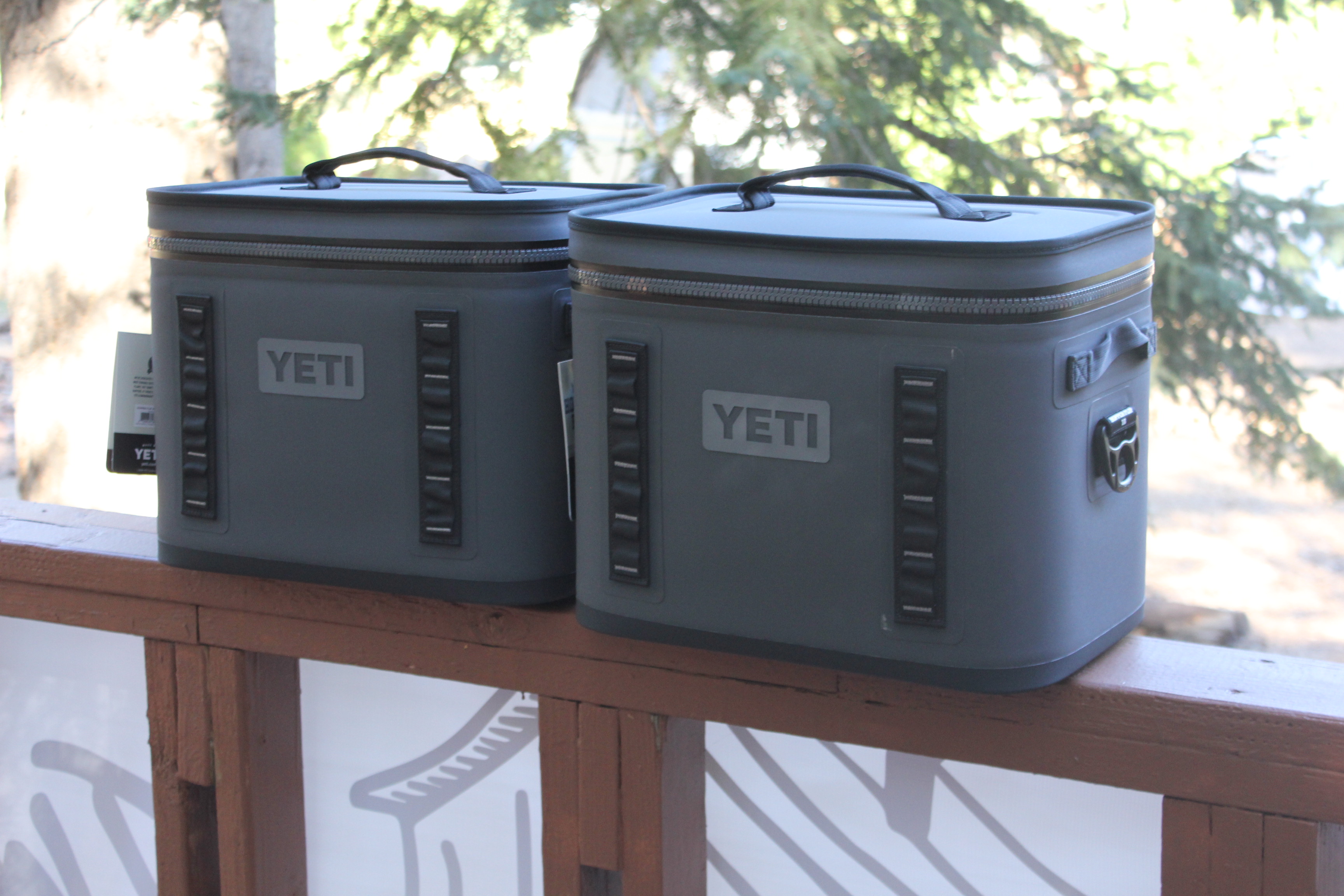
 Yeti
Yeti


 Every recovery situation is unique, so there’s no way I can say if you’re stuck on X-surface dig down to Y-inches and you’ll magically get out. There are just too many factors in play for a hard and fast answer like that. The general guidance is that if you’re in soft surfaces you’re going to need to dig deeper than in harder pack surfaces. When I was using the Deadman in wet beach sand, I was able to get away with digging a ~16 inch deep hole on my second pull, after realizing that my first hole at over two feet was way more than I needed to do. Good thing my inner child likes to dig holes. Likewise, in spring snowpack (a very wet, packable snow that’s great for making snowballs) I started with a hole that was nearly three feet deep which was seriously overkill too. But, I’d rather err on the safe side – and besides, digging is good exercise. The good news is, that if you pull the Deadman out while winching, you can just bury him deeper, which is more than can be said for other earth anchors which can only hold on to so much soil.
Every recovery situation is unique, so there’s no way I can say if you’re stuck on X-surface dig down to Y-inches and you’ll magically get out. There are just too many factors in play for a hard and fast answer like that. The general guidance is that if you’re in soft surfaces you’re going to need to dig deeper than in harder pack surfaces. When I was using the Deadman in wet beach sand, I was able to get away with digging a ~16 inch deep hole on my second pull, after realizing that my first hole at over two feet was way more than I needed to do. Good thing my inner child likes to dig holes. Likewise, in spring snowpack (a very wet, packable snow that’s great for making snowballs) I started with a hole that was nearly three feet deep which was seriously overkill too. But, I’d rather err on the safe side – and besides, digging is good exercise. The good news is, that if you pull the Deadman out while winching, you can just bury him deeper, which is more than can be said for other earth anchors which can only hold on to so much soil.


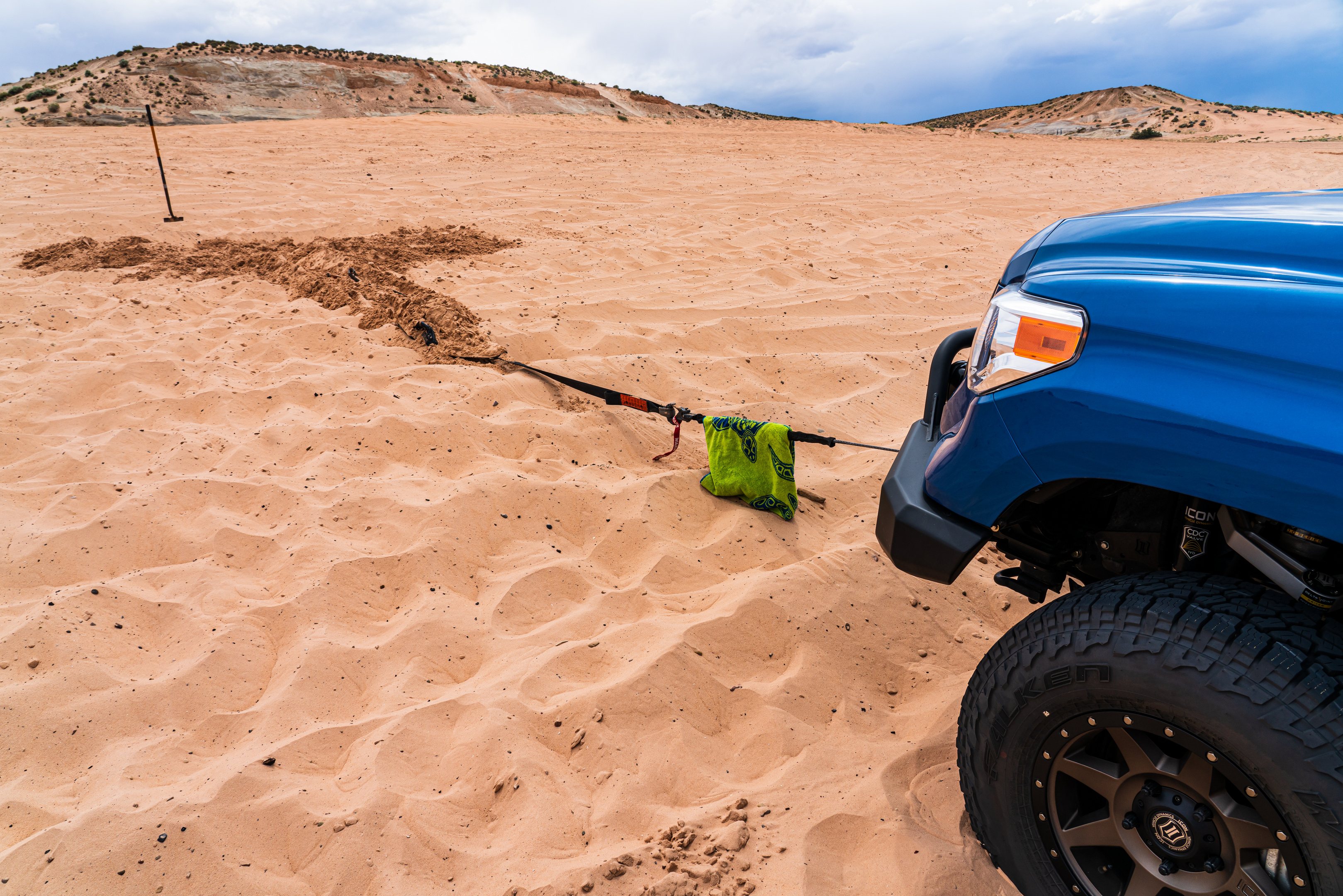

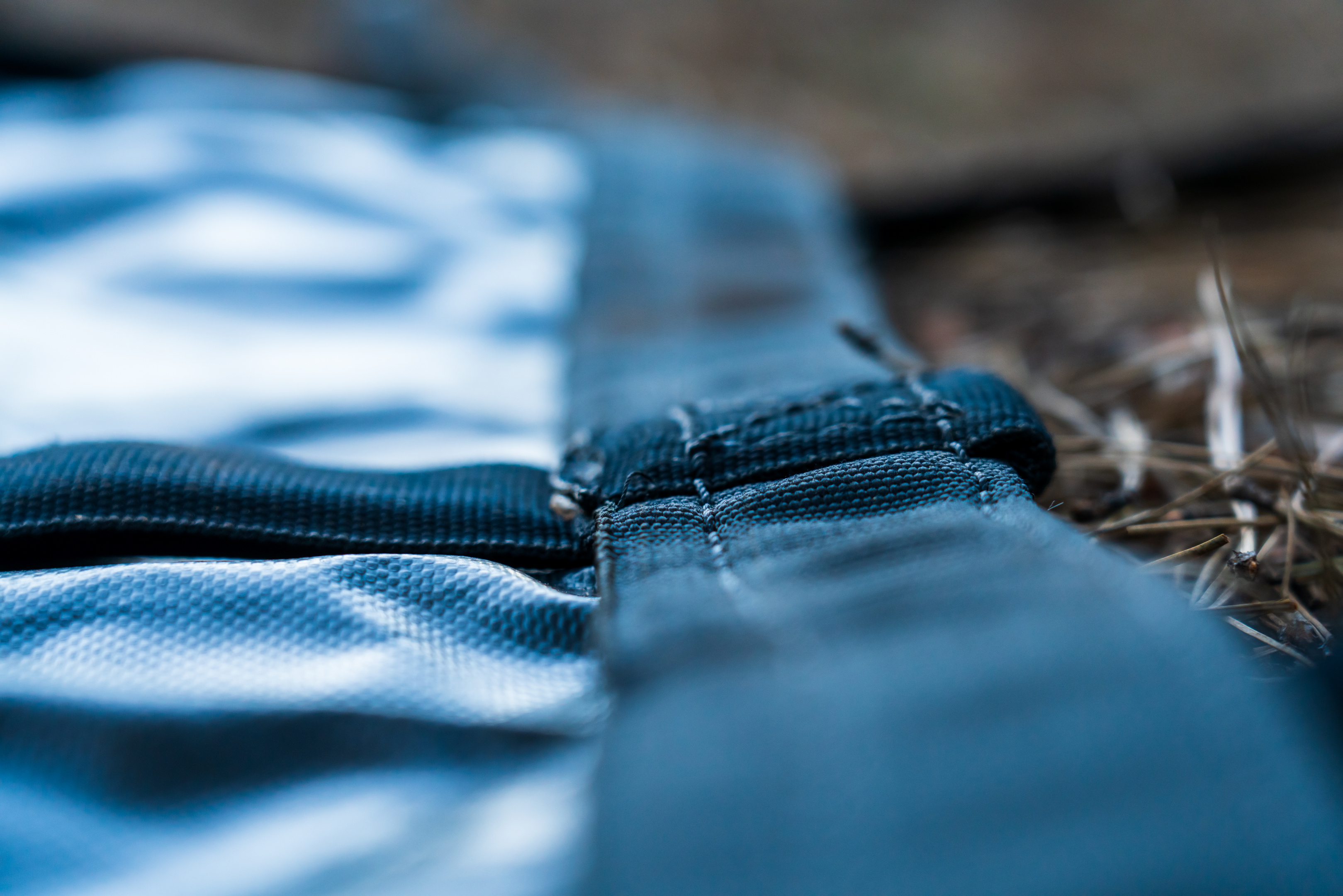

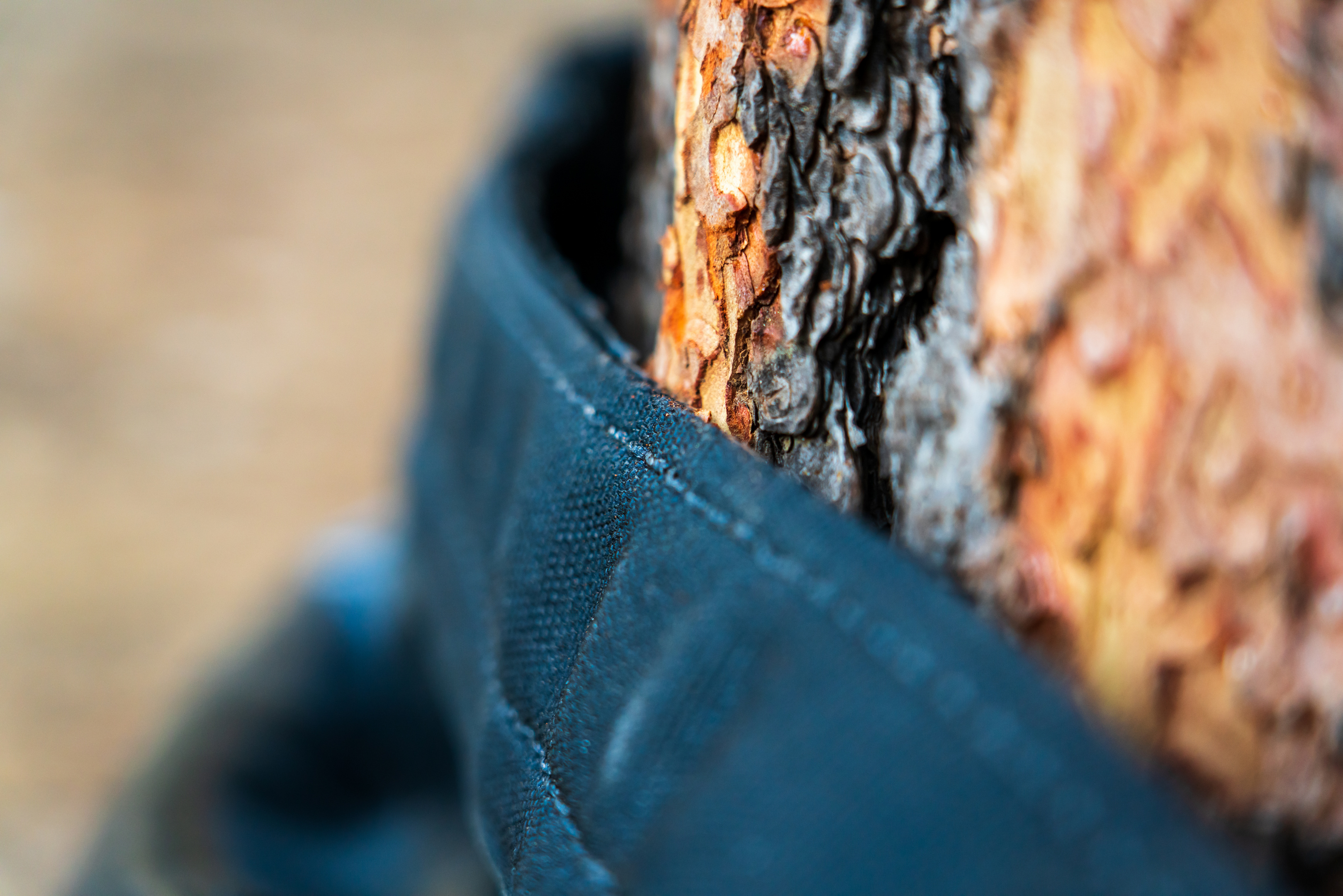 The original Deadman has arms and legs that are made of polyester, much like you would find on a quality recovery strap. While polyester straps can certainly take some serious use, they’re also prone to damage by abrasion and grit exposure, which is why the ruggedized Deadman has his arms and legs sleeved in beefy Cordura nylon. Think of a Cordura winch protector for your synthetic winch line, and you’ll get the idea. Soil loves to work it’s way into your straps and abraid them from within each time the strap is put under tension, and likewise running a strap over a sharp root, rock, or other sharp thing can cut the fibers and compromise the strap. The ruggedized Deadman has completely sleeved straps, so everything from the loop ends at the ends of his arms and legs to the middle of his body is protected. That’s right, there’s no exposed polyester to worry about damaging. Whether you’re burying the ruggedized Deadman in soil that has sharp embedded rocks, or using it to ‘hug’ something like a tree (think tree saver) or boulder, the addition of Cordura nylon “armor” allows the Deadman to better withstand use in abrasive conditions. If that perfect anchor point looks like it might hurt if you were to hug it, tag the Deadman in to do the hugging for you.
The original Deadman has arms and legs that are made of polyester, much like you would find on a quality recovery strap. While polyester straps can certainly take some serious use, they’re also prone to damage by abrasion and grit exposure, which is why the ruggedized Deadman has his arms and legs sleeved in beefy Cordura nylon. Think of a Cordura winch protector for your synthetic winch line, and you’ll get the idea. Soil loves to work it’s way into your straps and abraid them from within each time the strap is put under tension, and likewise running a strap over a sharp root, rock, or other sharp thing can cut the fibers and compromise the strap. The ruggedized Deadman has completely sleeved straps, so everything from the loop ends at the ends of his arms and legs to the middle of his body is protected. That’s right, there’s no exposed polyester to worry about damaging. Whether you’re burying the ruggedized Deadman in soil that has sharp embedded rocks, or using it to ‘hug’ something like a tree (think tree saver) or boulder, the addition of Cordura nylon “armor” allows the Deadman to better withstand use in abrasive conditions. If that perfect anchor point looks like it might hurt if you were to hug it, tag the Deadman in to do the hugging for you.

 Even when you’re not in need of a winch anchor, the Deadman can prove to be a useful piece of kit. If you’re just a few feet short of where you need to tie your winch into, the Deadman can also work as a winch extension. Tree down in the trail? Use the Deadman to drag it out of the way. Need to haul a boatload of firewood back to camp? Get a buddy and use the Deadman as a giant litter. Taking on some trail repairs on your rig? Unpack the Deadman and use it like a tarp so you don’t have to crawl in the mud under your rig. It’s extremely versatile – just remember to respect his Working Load Limit and you’ll be good to go. NOTE: Although both the original Deadman and the Ruggedized Deadman can be used as winch extensions, they are NOT rated for use in snatching a vehicle or in a kinetic recovery situation.
Even when you’re not in need of a winch anchor, the Deadman can prove to be a useful piece of kit. If you’re just a few feet short of where you need to tie your winch into, the Deadman can also work as a winch extension. Tree down in the trail? Use the Deadman to drag it out of the way. Need to haul a boatload of firewood back to camp? Get a buddy and use the Deadman as a giant litter. Taking on some trail repairs on your rig? Unpack the Deadman and use it like a tarp so you don’t have to crawl in the mud under your rig. It’s extremely versatile – just remember to respect his Working Load Limit and you’ll be good to go. NOTE: Although both the original Deadman and the Ruggedized Deadman can be used as winch extensions, they are NOT rated for use in snatching a vehicle or in a kinetic recovery situation. About the only downside to the Deadman, ruggedized or not, is that you have to provide the hole to bury him in in when you’re burying dead things to create an anchor. Depending on the type of surface you’re digging in, this can be a quick process, or something that’s going to take some real work. If you have serious aversion to physical labor, make sure you’re aware that the Deadman doesn’t just automatically create an anchor for you – you have to do the burying. And likewise, make sure you’ve got enough water on hand to keep yourself in good order if you’re going to be working hard digging a hole on a hot day. As with any recovery situation, doing a proper stuck assessment before wasting any energy can make a significant difference in how much human powered work is required to get out. For example: If you’re stuck in sand up to your frame, taking the time to remove resistance (sand) from the underside of the vehicle and around the tires, will mean that you need less winching force to get out, which means that you won’t need to dig as big of a hole to bury the Deadman in, and your winch won’t emit the dreaded magic smoke. Each recovery situation is unique. Do a good assessment, and figure out how to best employ the tools and skills you have.
About the only downside to the Deadman, ruggedized or not, is that you have to provide the hole to bury him in in when you’re burying dead things to create an anchor. Depending on the type of surface you’re digging in, this can be a quick process, or something that’s going to take some real work. If you have serious aversion to physical labor, make sure you’re aware that the Deadman doesn’t just automatically create an anchor for you – you have to do the burying. And likewise, make sure you’ve got enough water on hand to keep yourself in good order if you’re going to be working hard digging a hole on a hot day. As with any recovery situation, doing a proper stuck assessment before wasting any energy can make a significant difference in how much human powered work is required to get out. For example: If you’re stuck in sand up to your frame, taking the time to remove resistance (sand) from the underside of the vehicle and around the tires, will mean that you need less winching force to get out, which means that you won’t need to dig as big of a hole to bury the Deadman in, and your winch won’t emit the dreaded magic smoke. Each recovery situation is unique. Do a good assessment, and figure out how to best employ the tools and skills you have.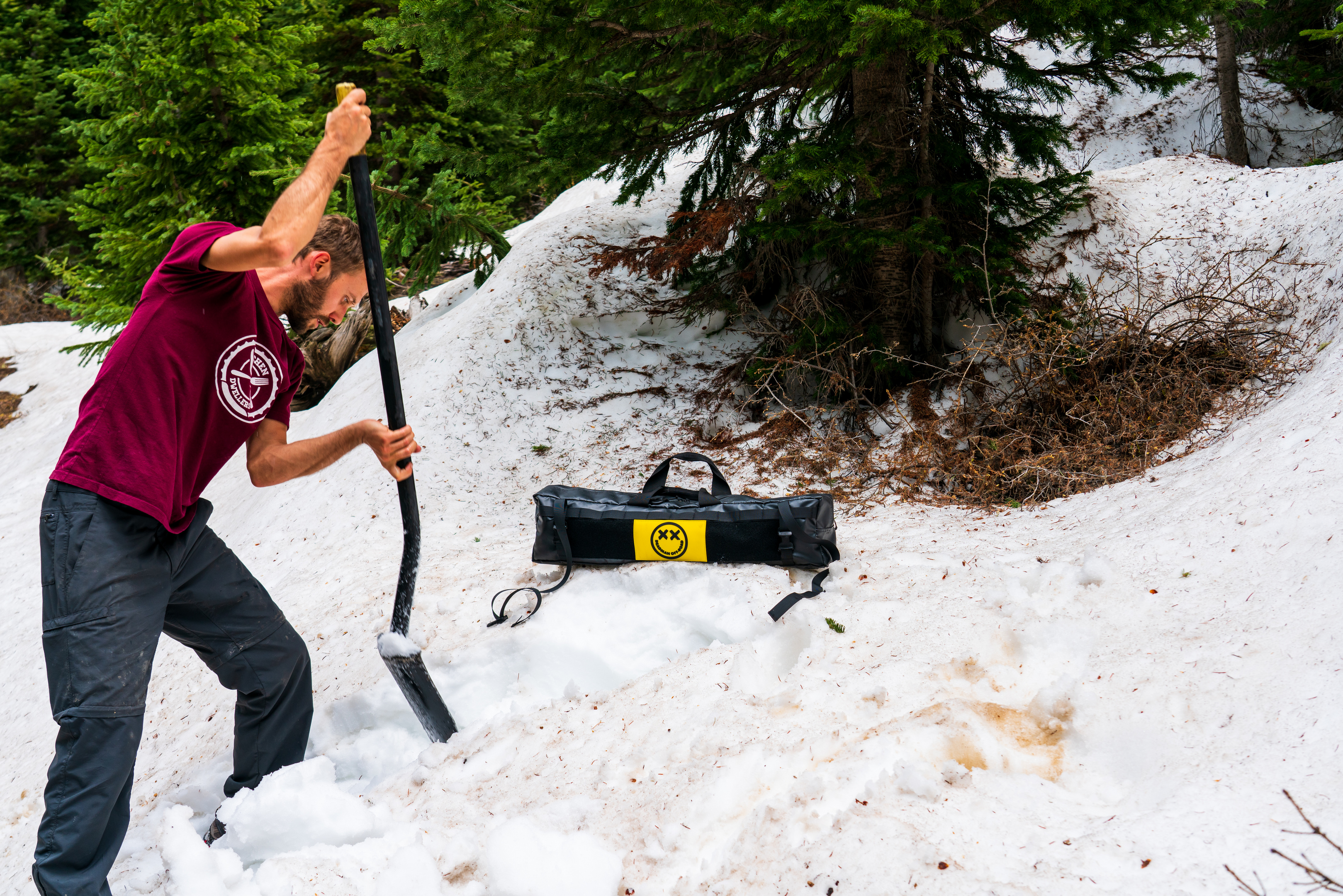
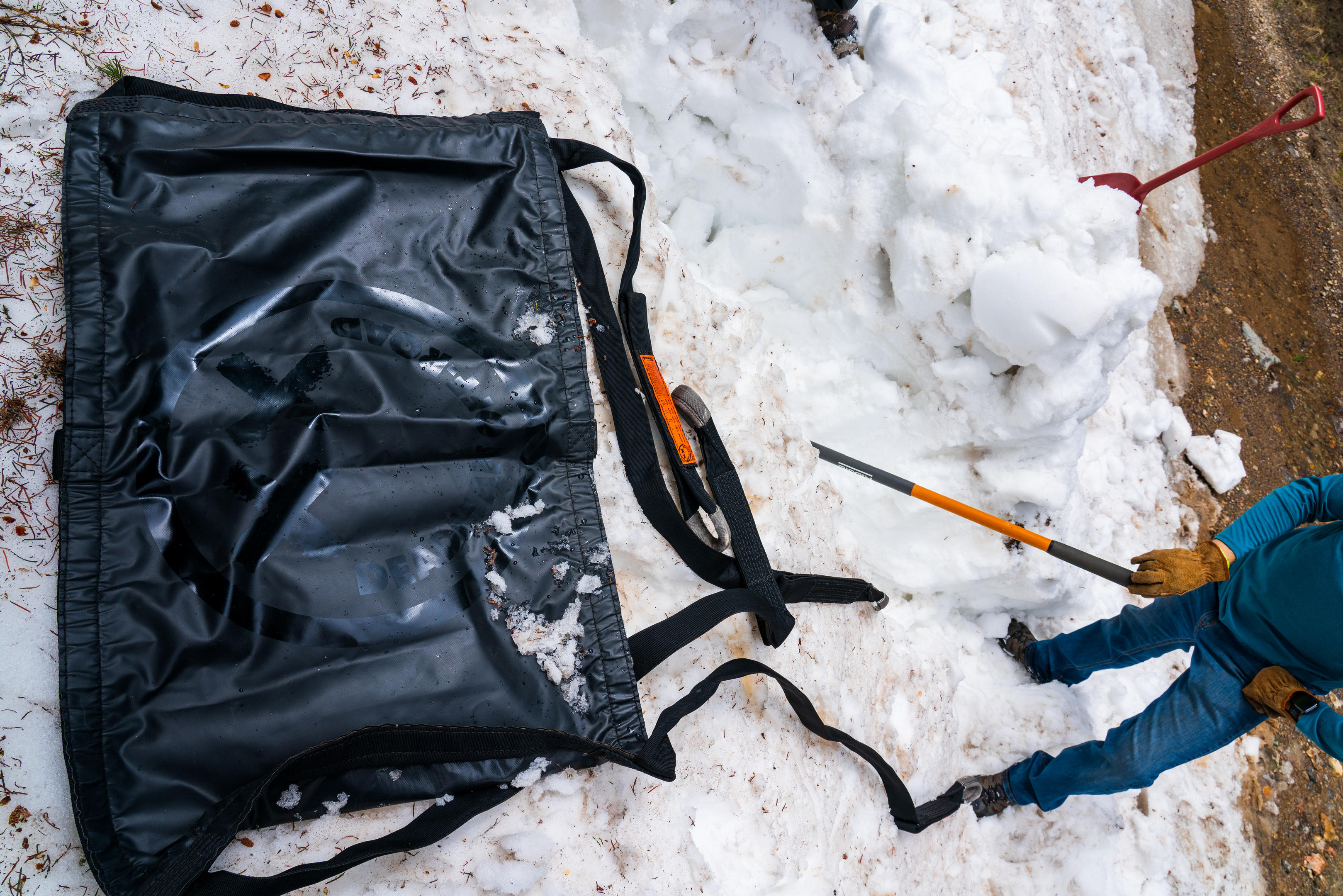
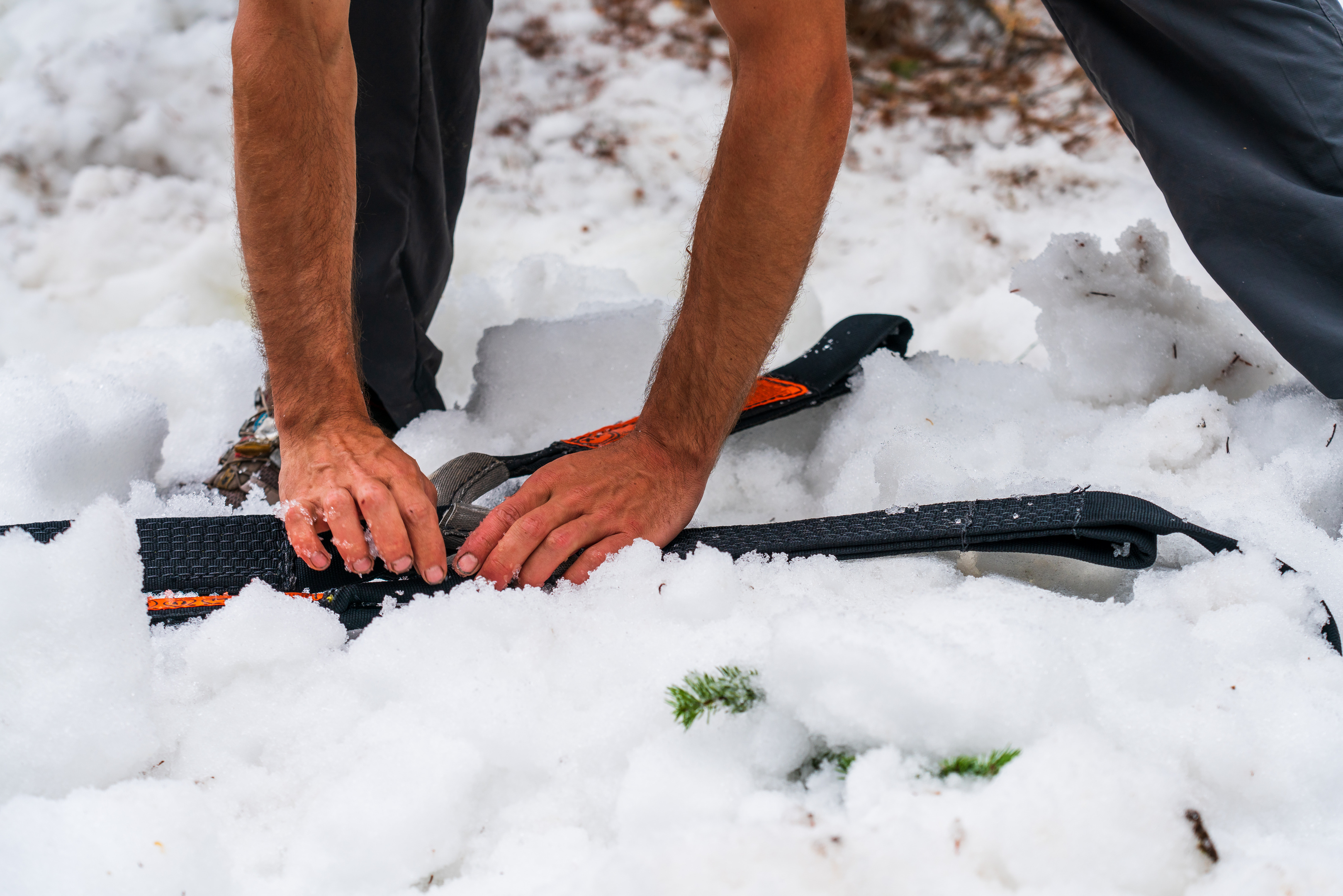





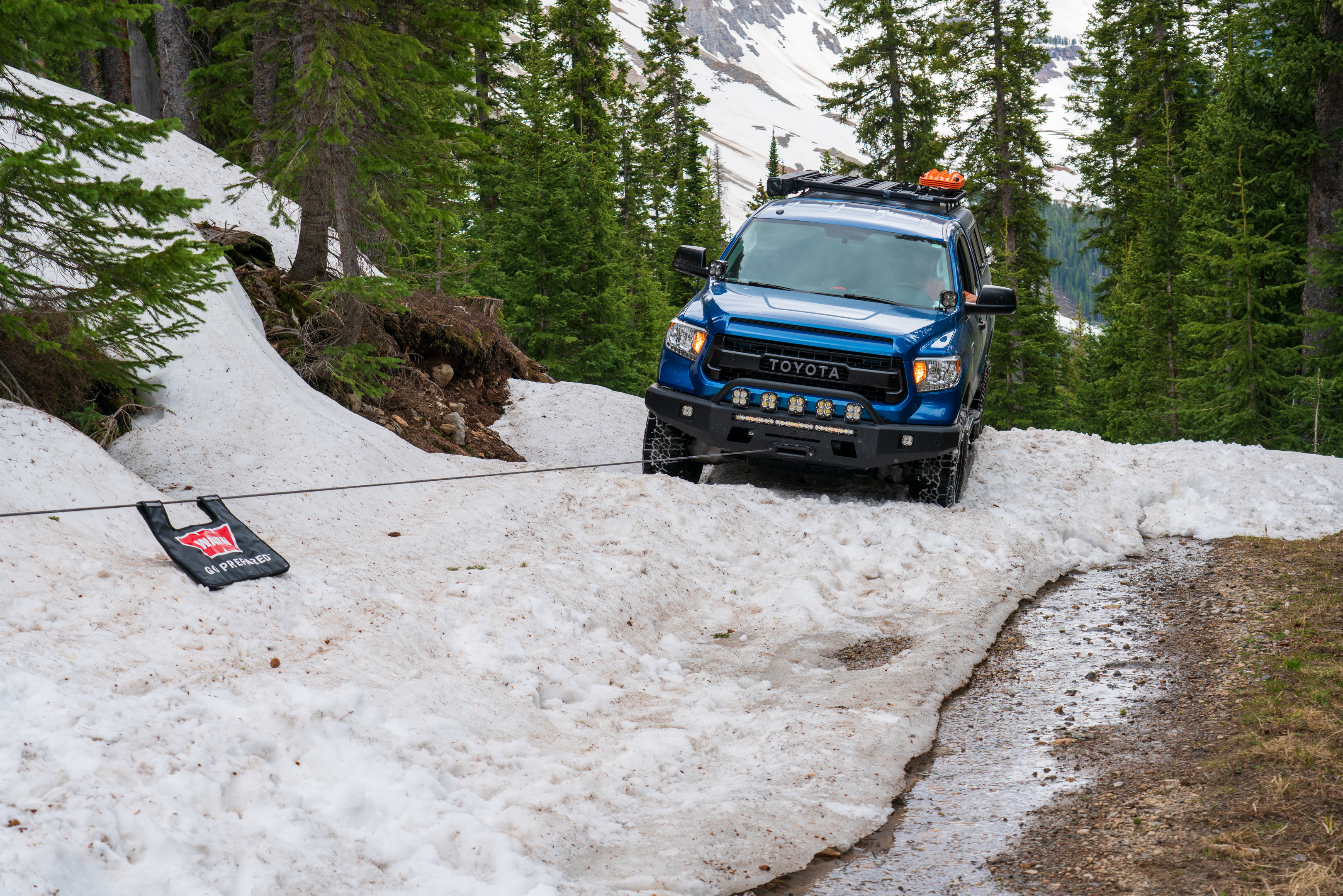
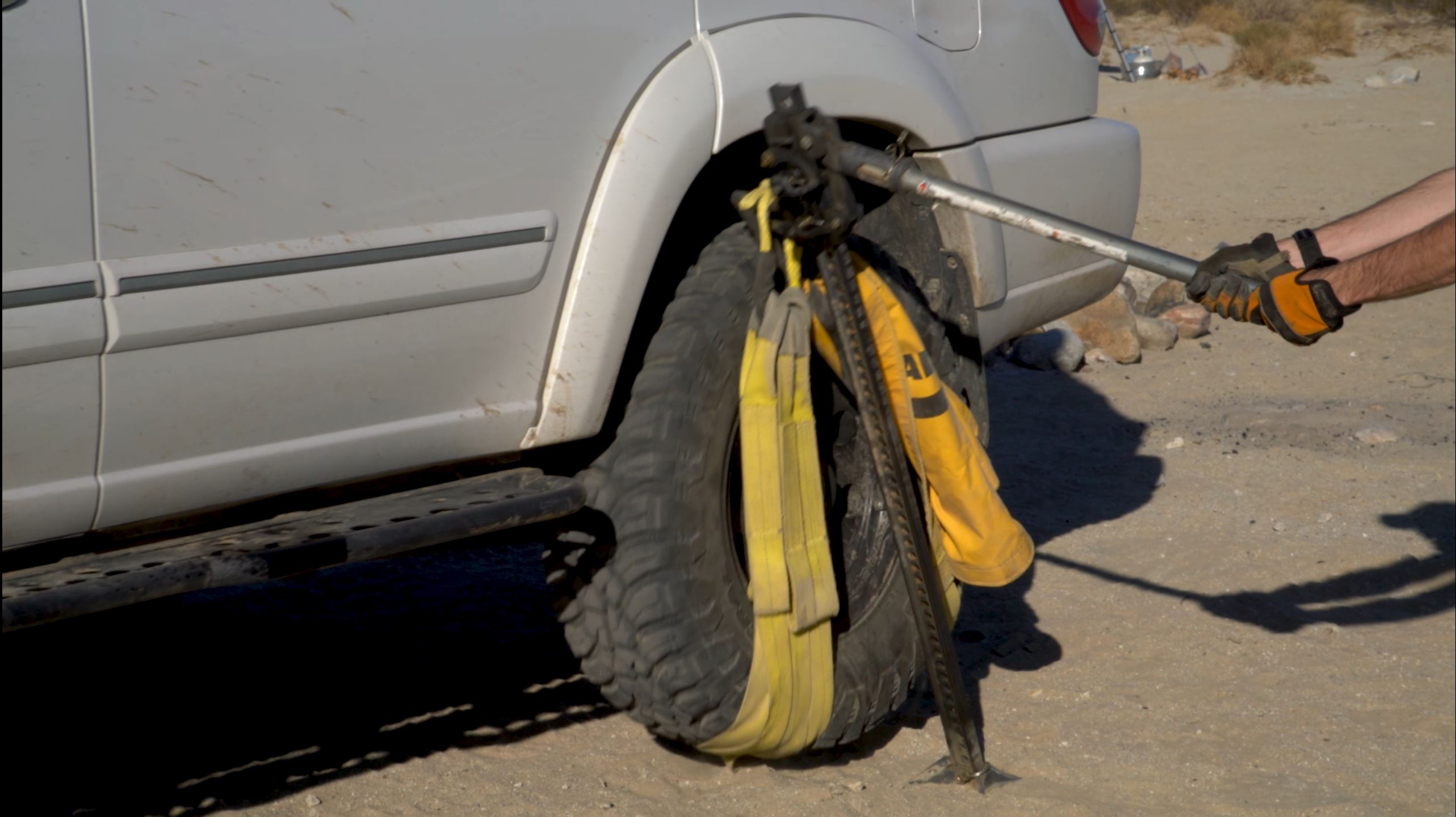
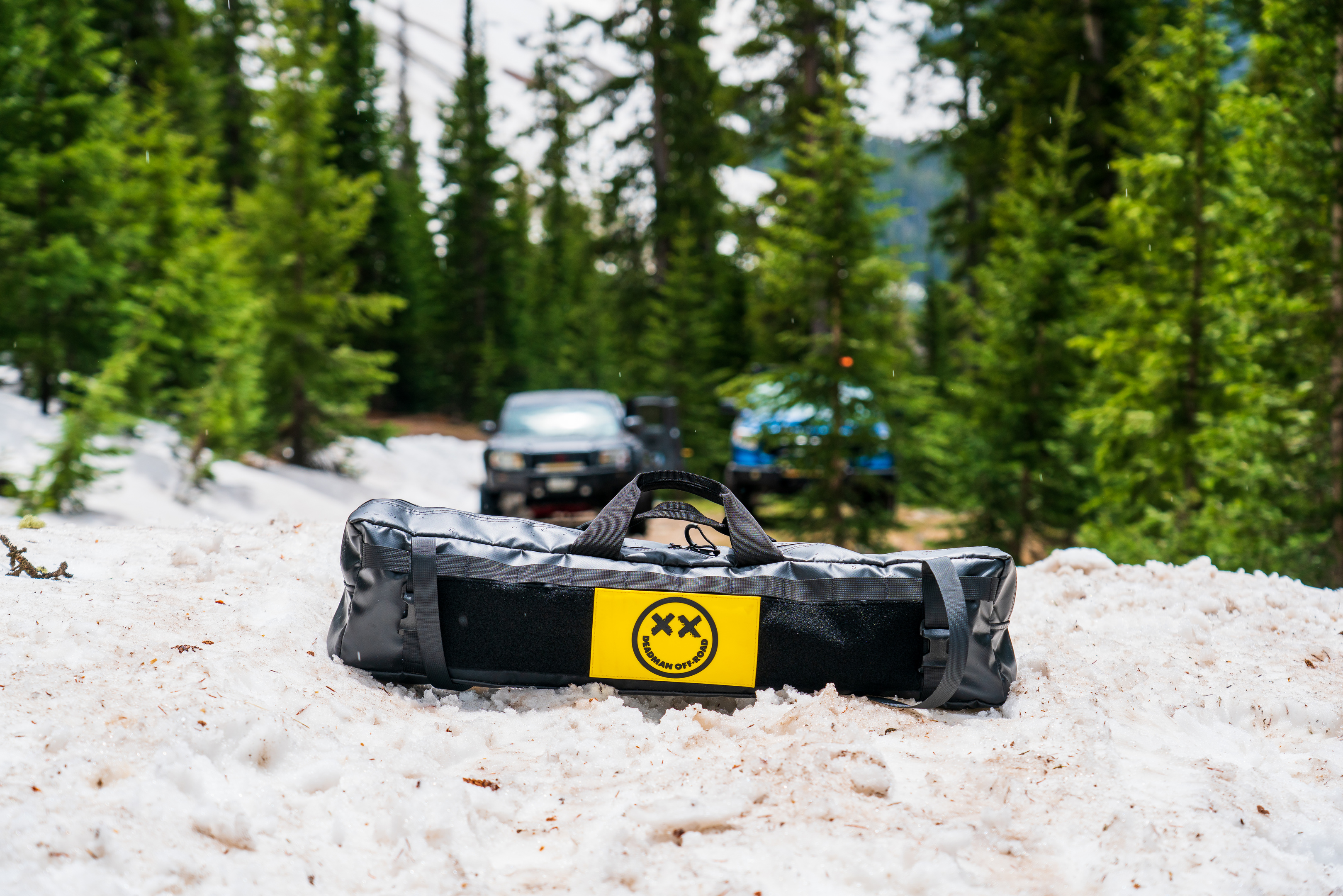 FULL DISCLOSURE:
FULL DISCLOSURE: